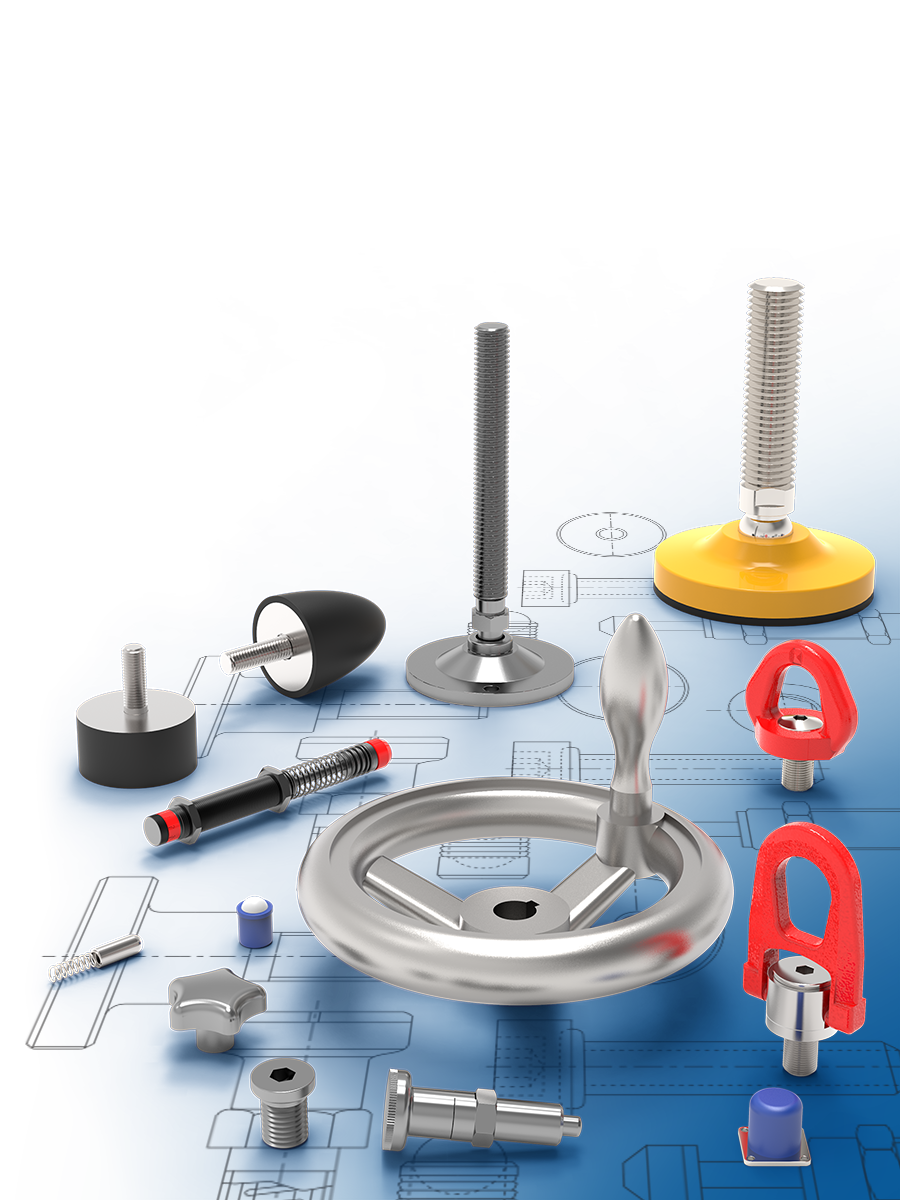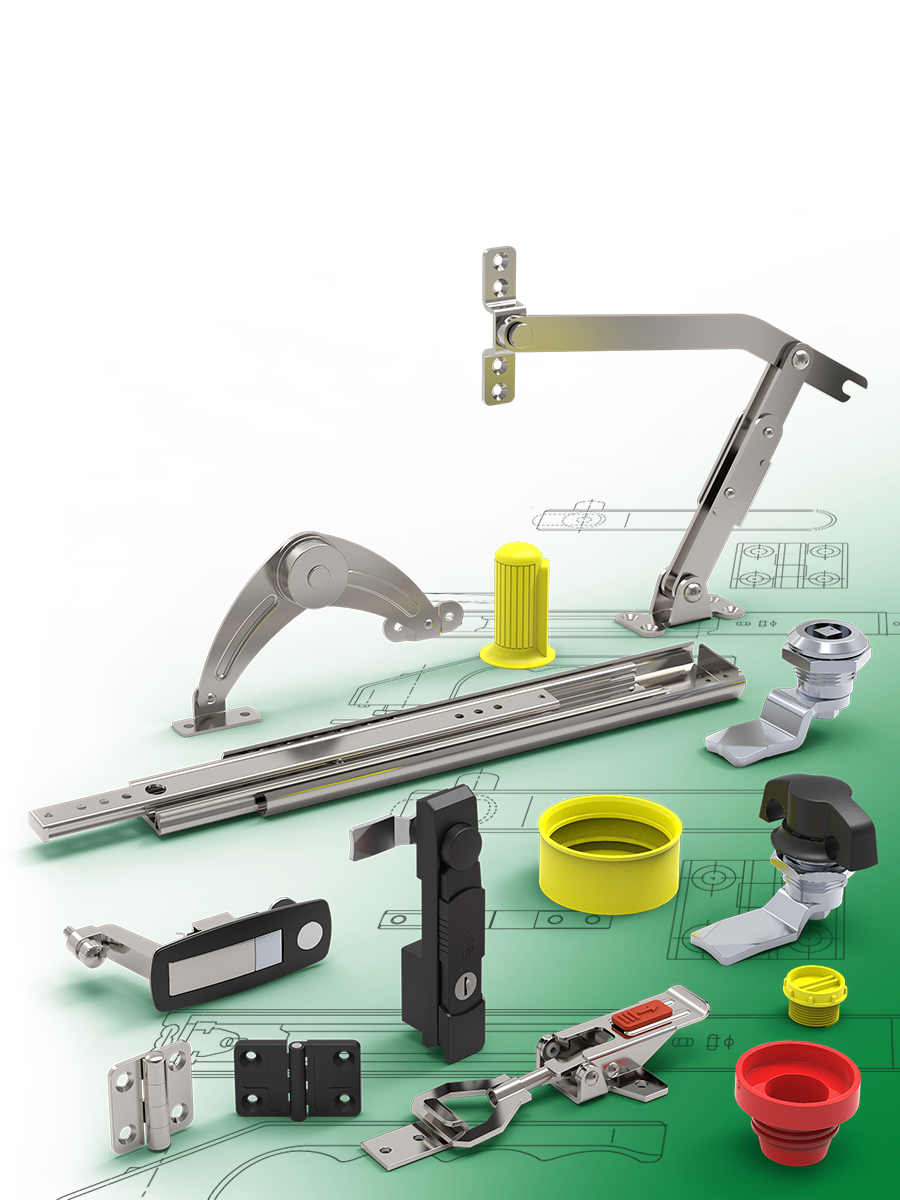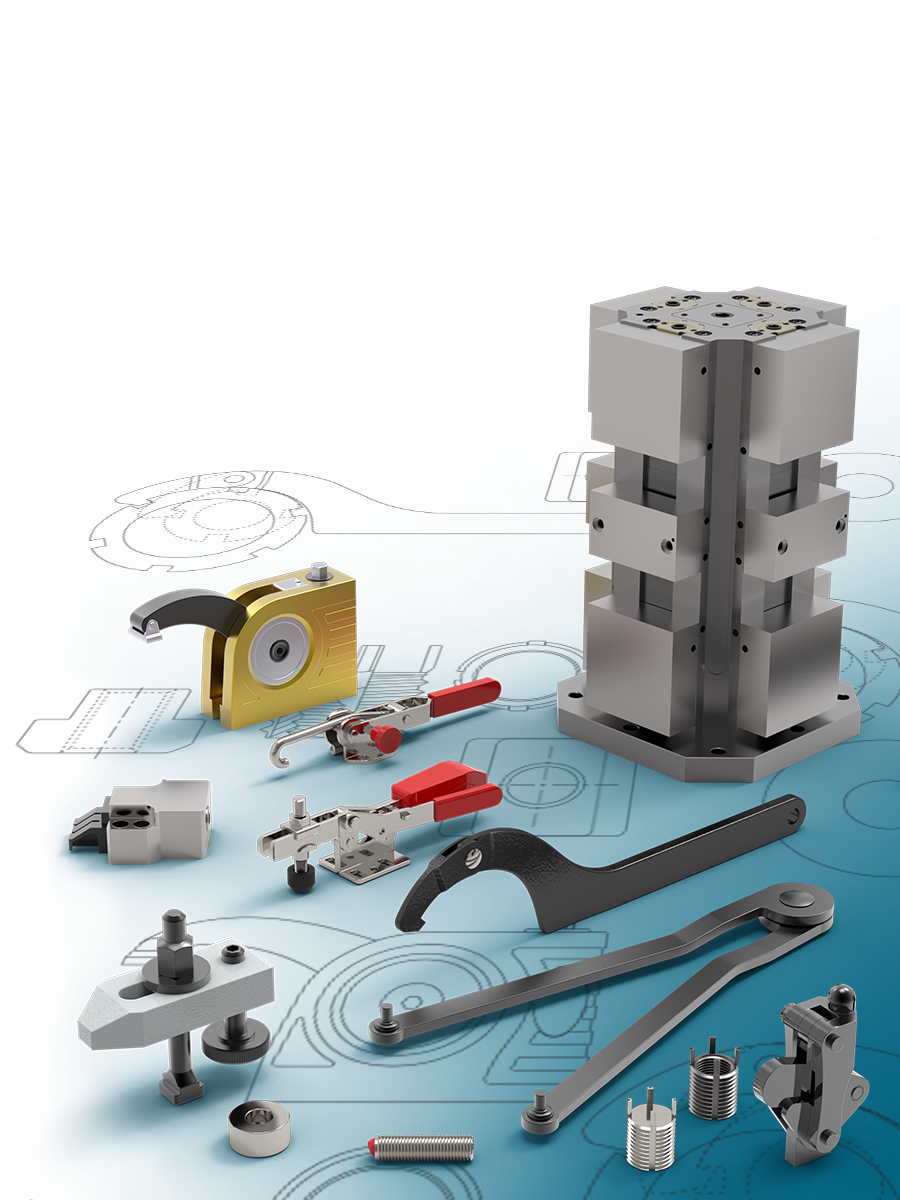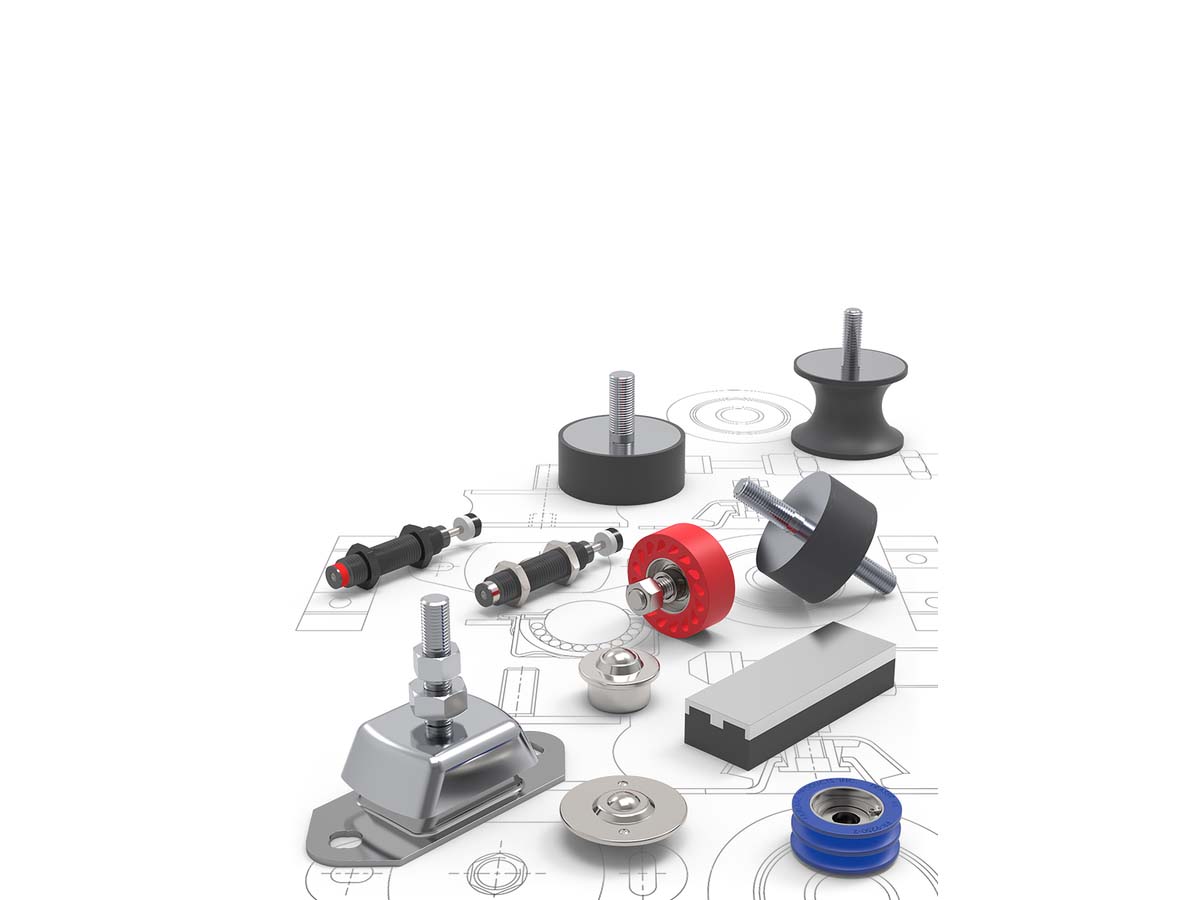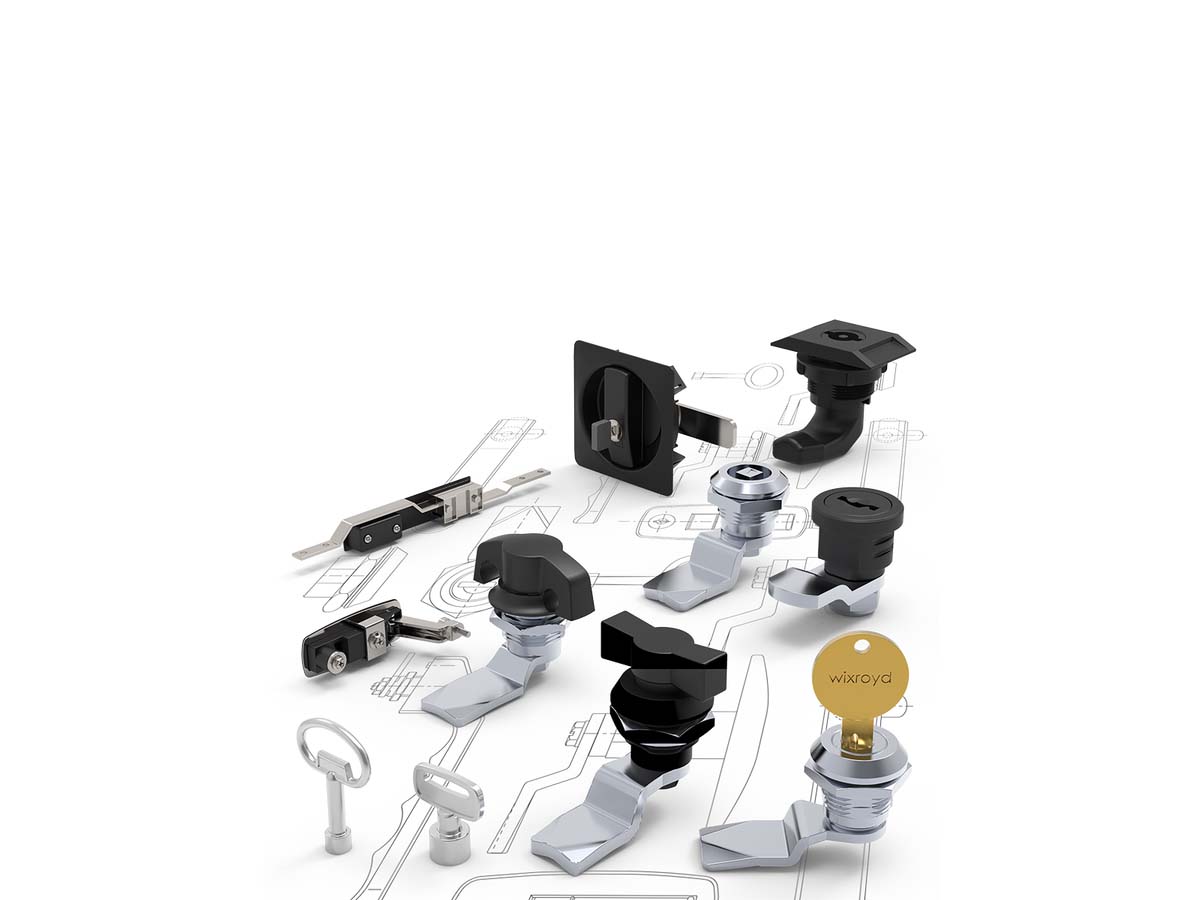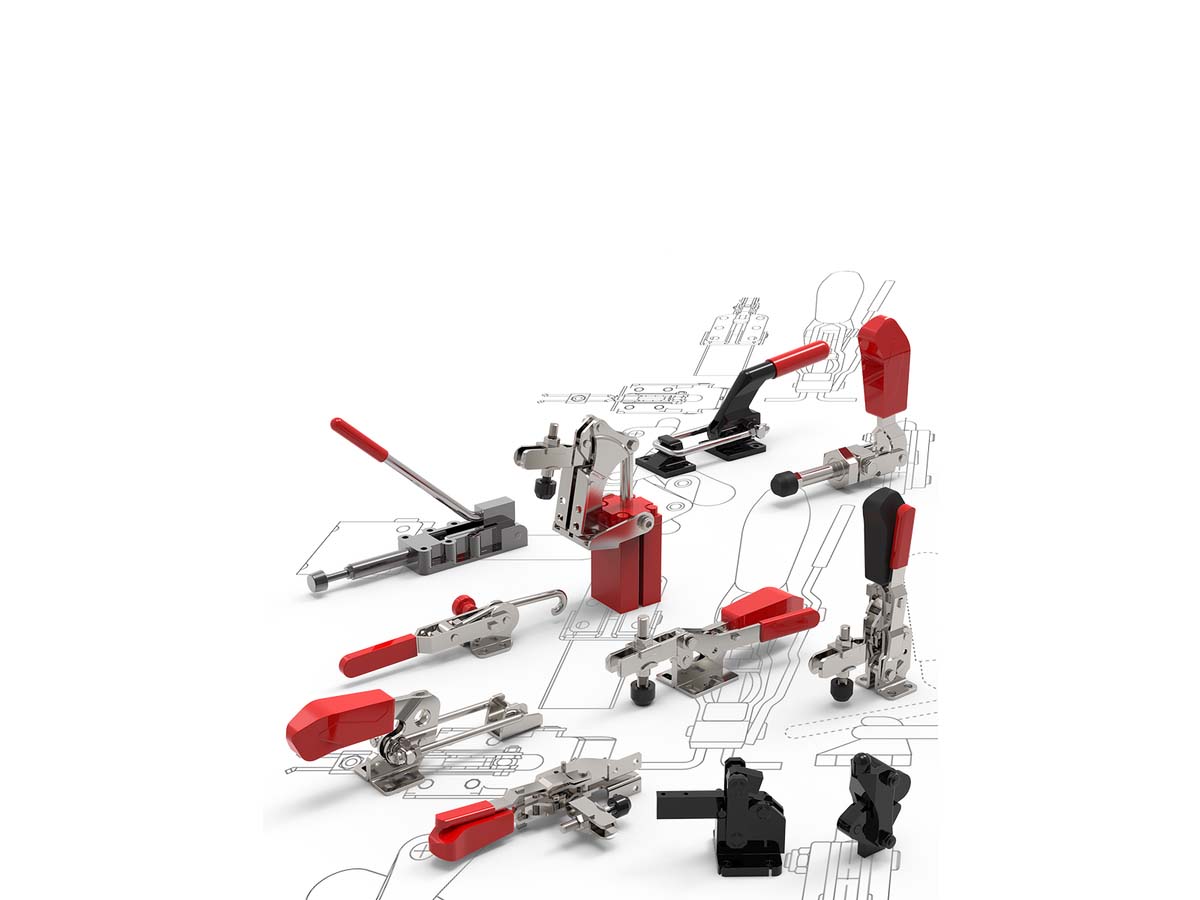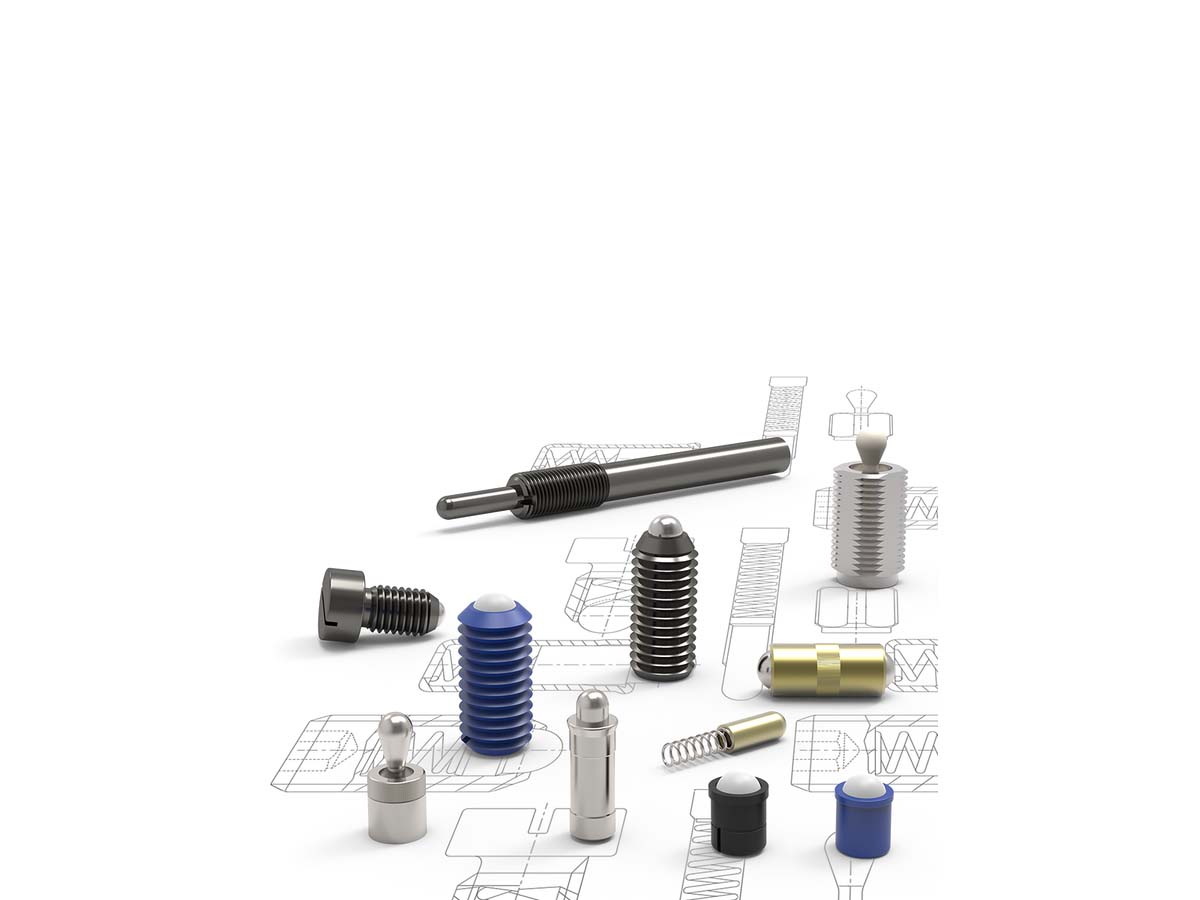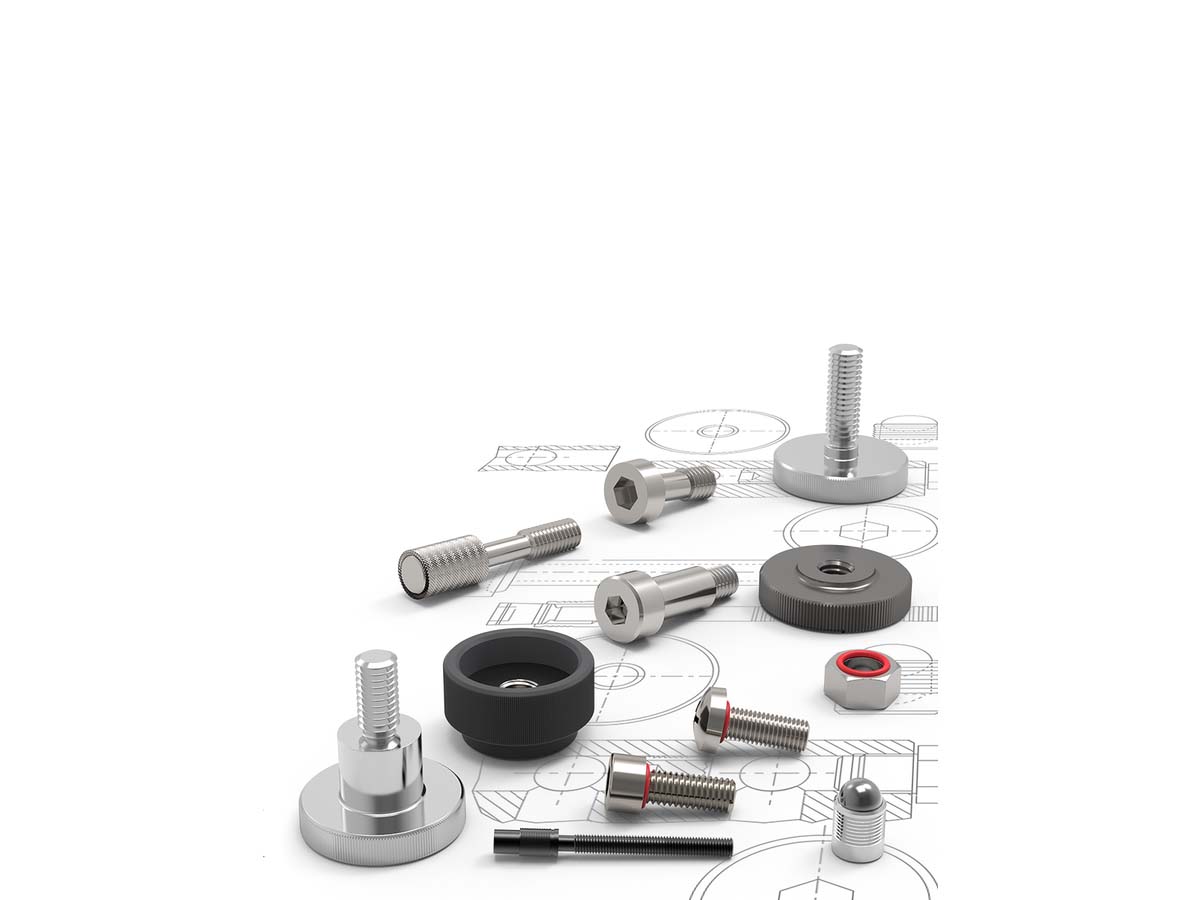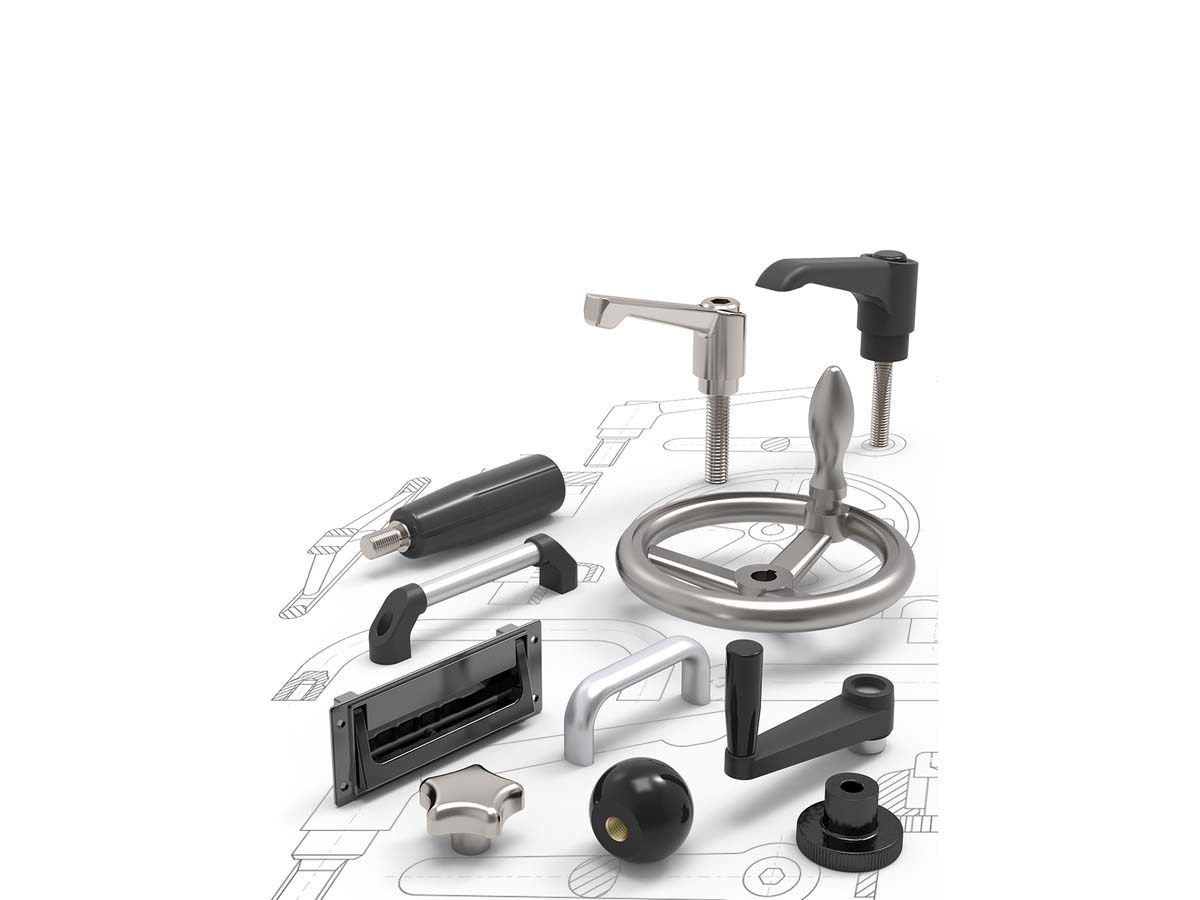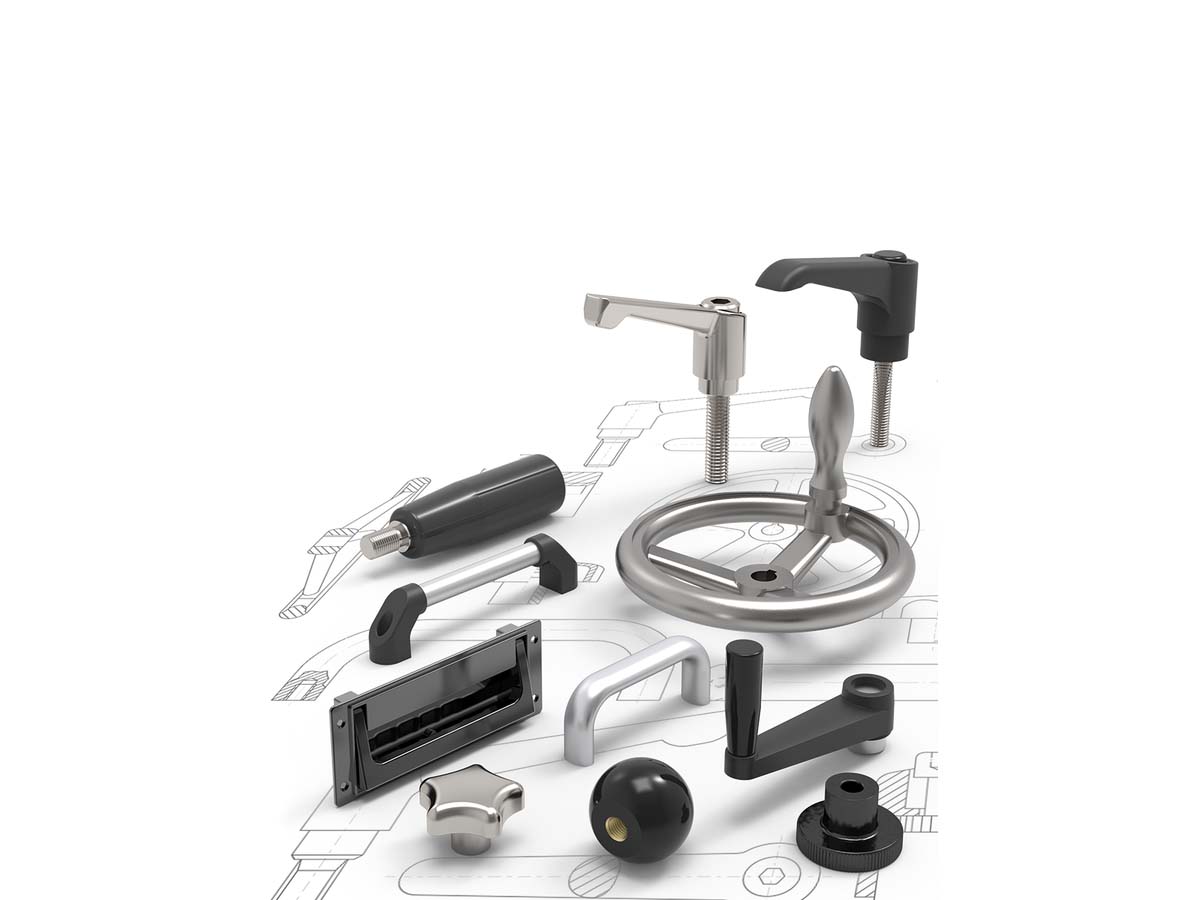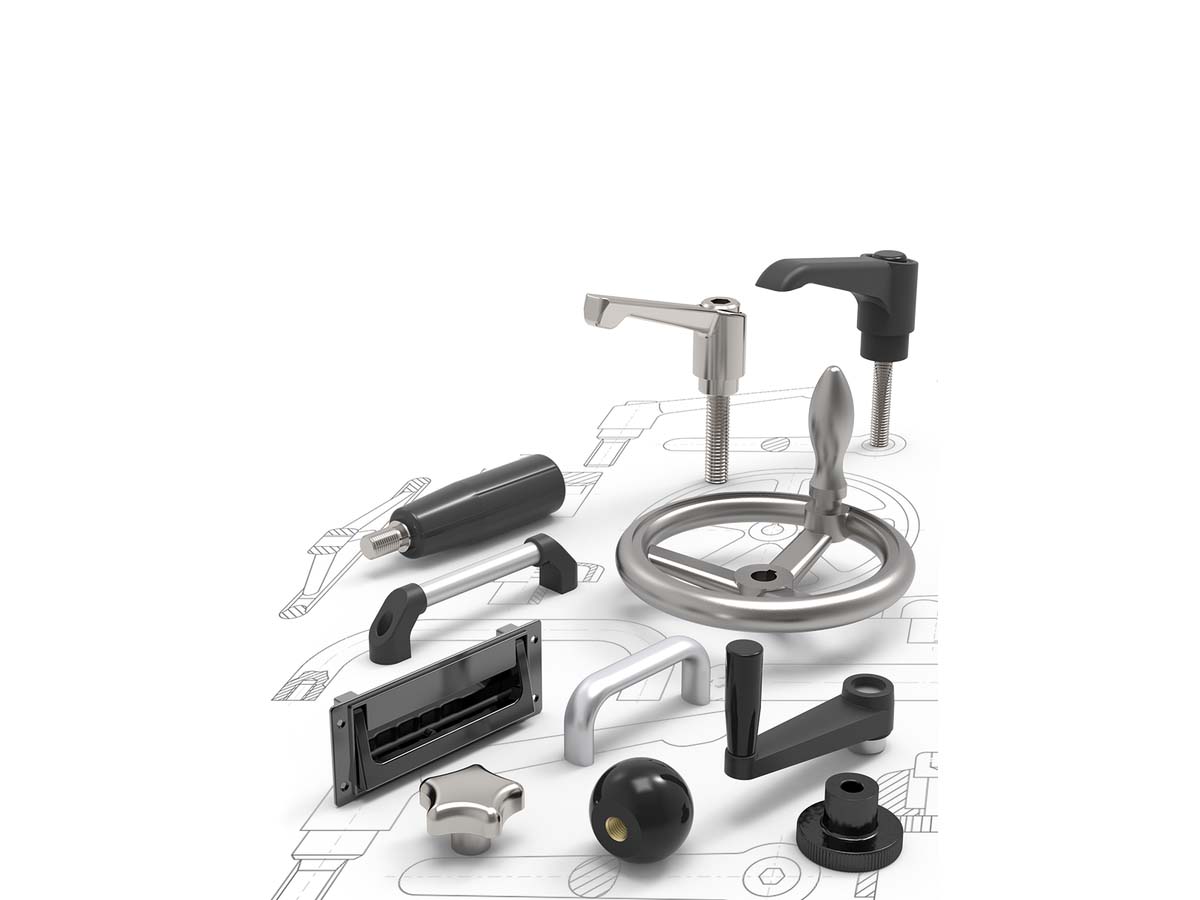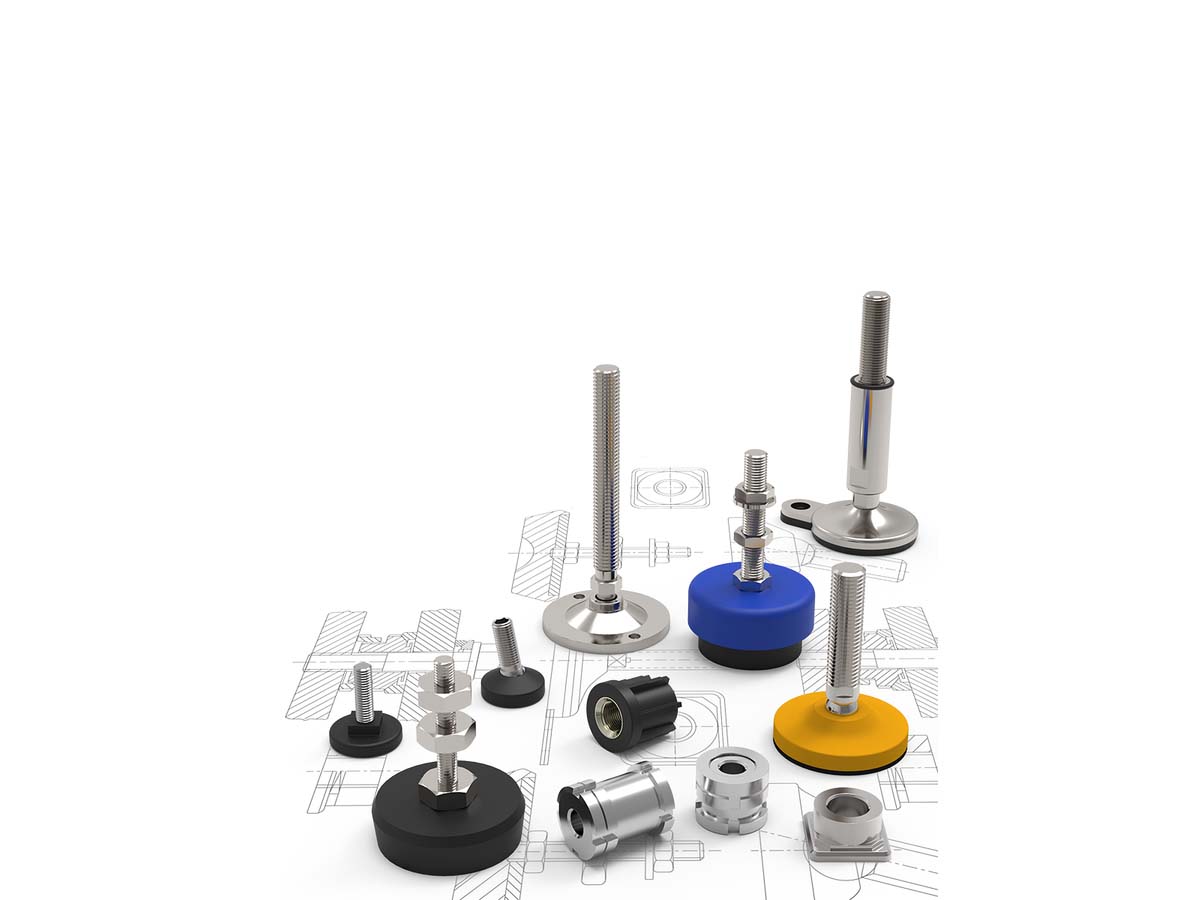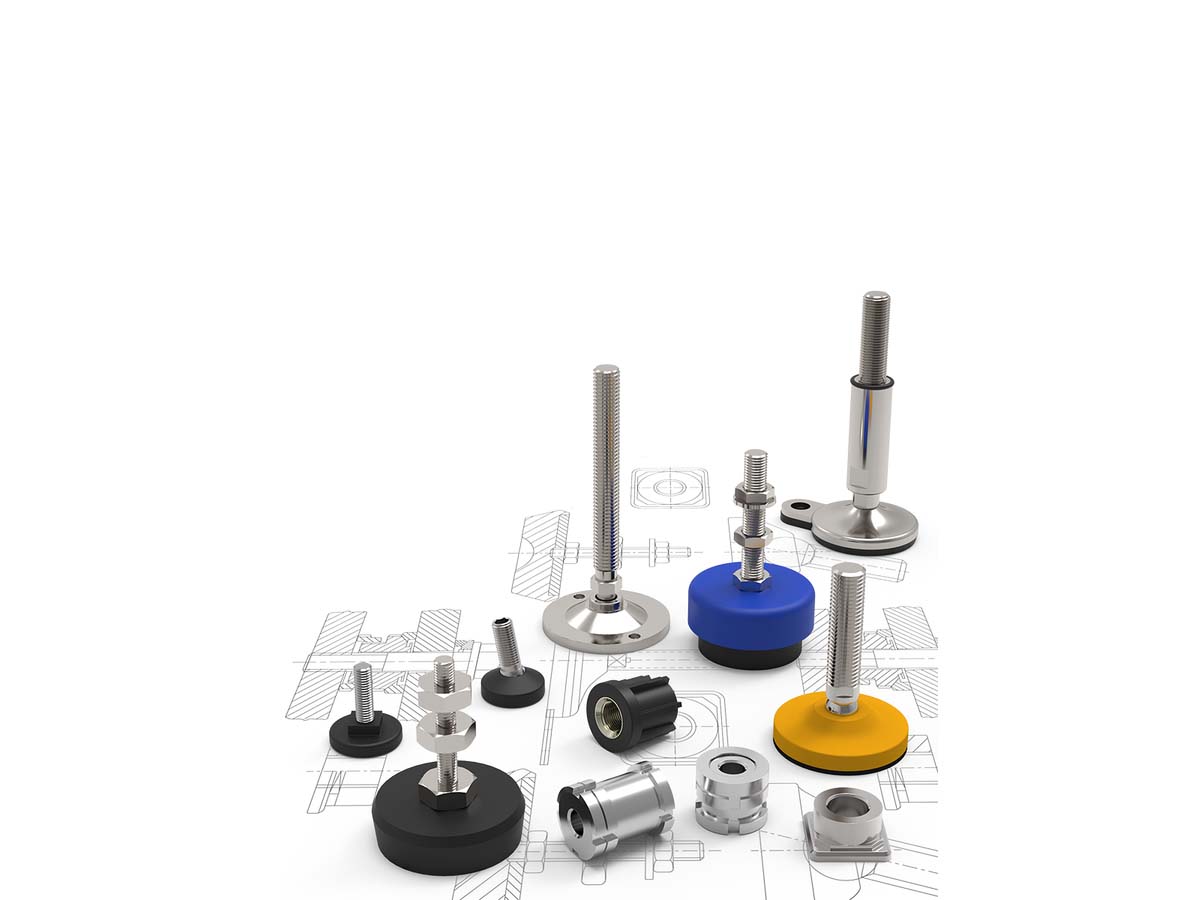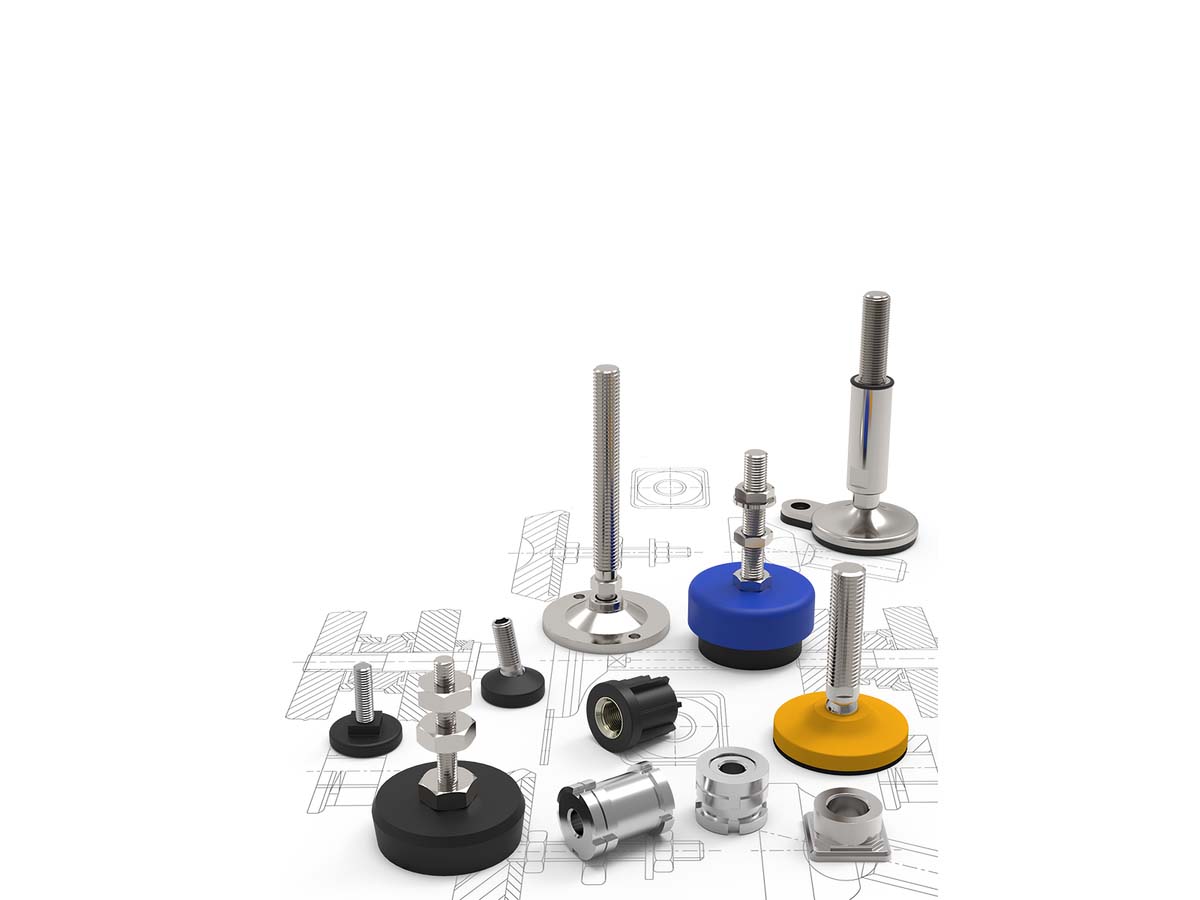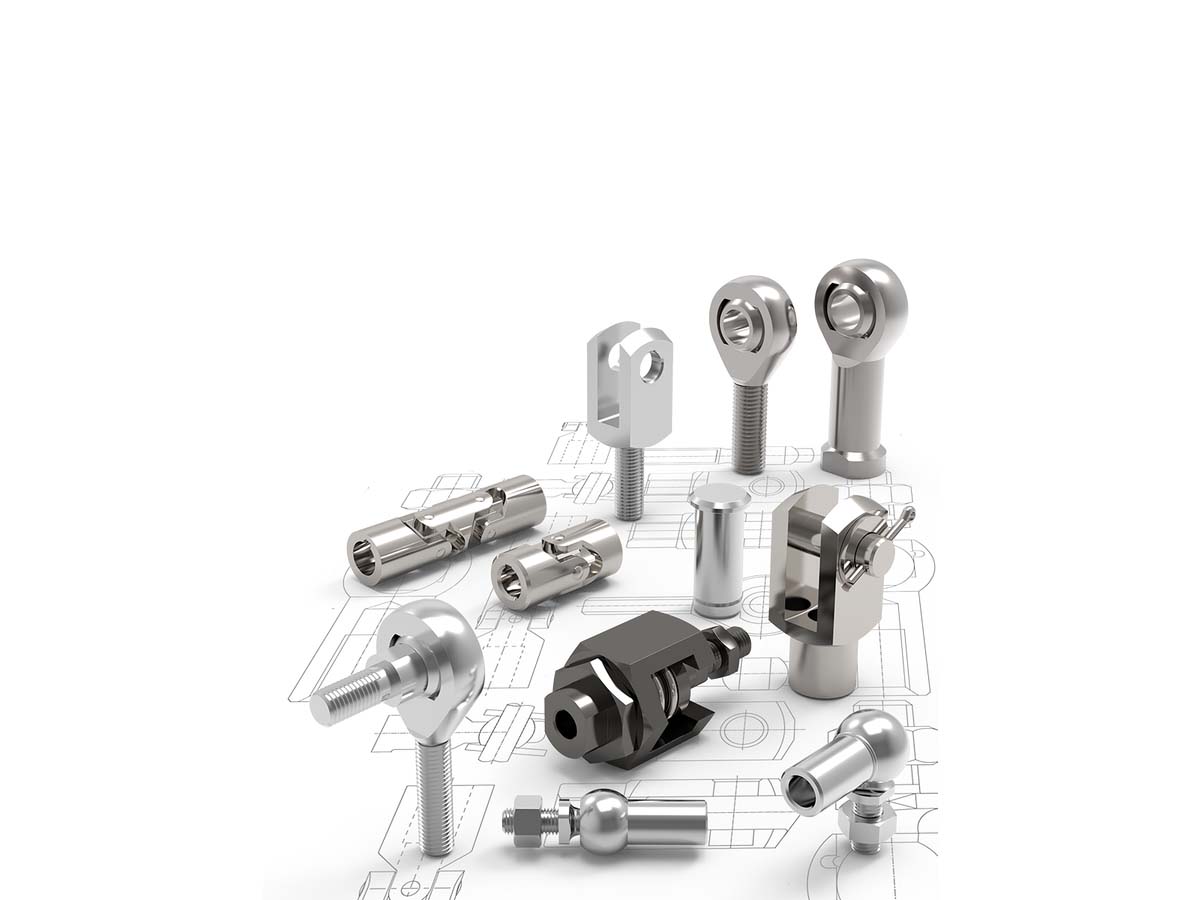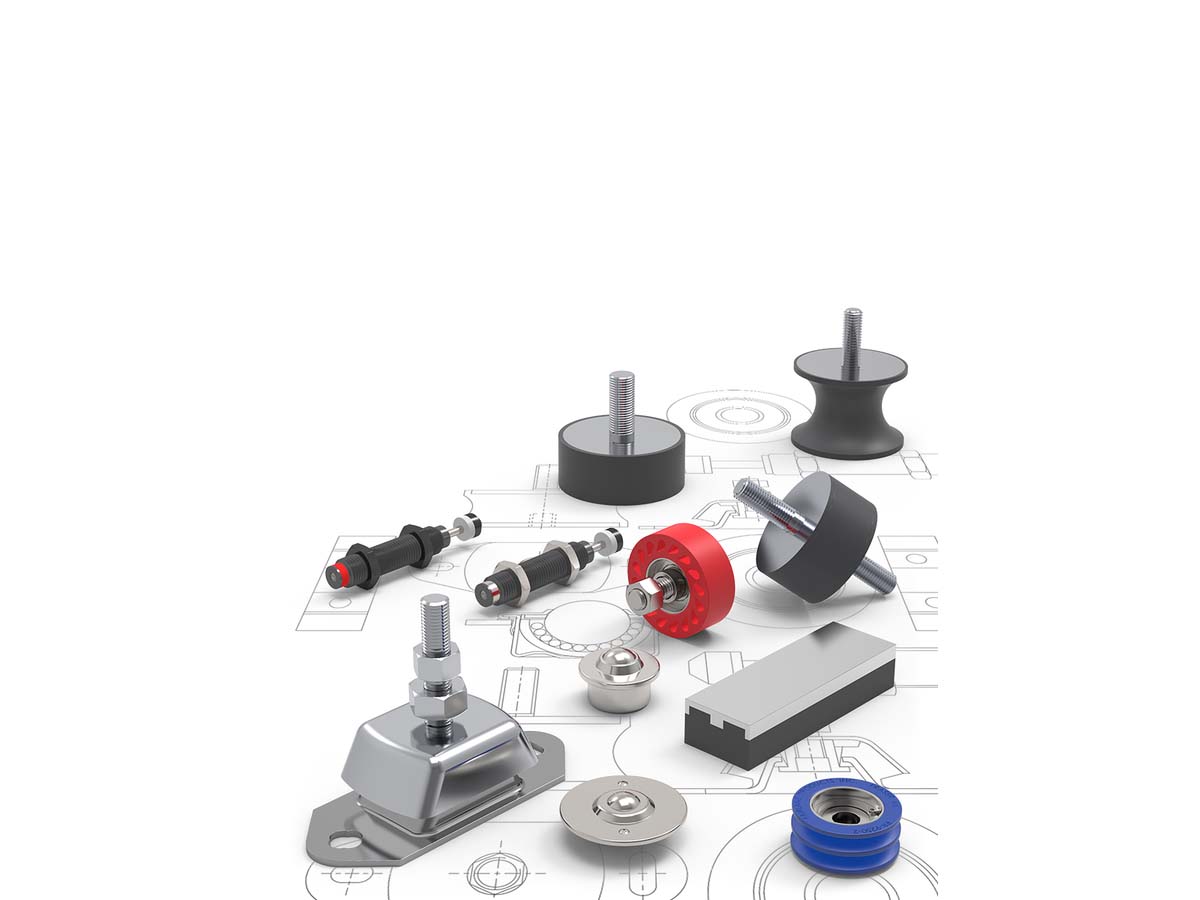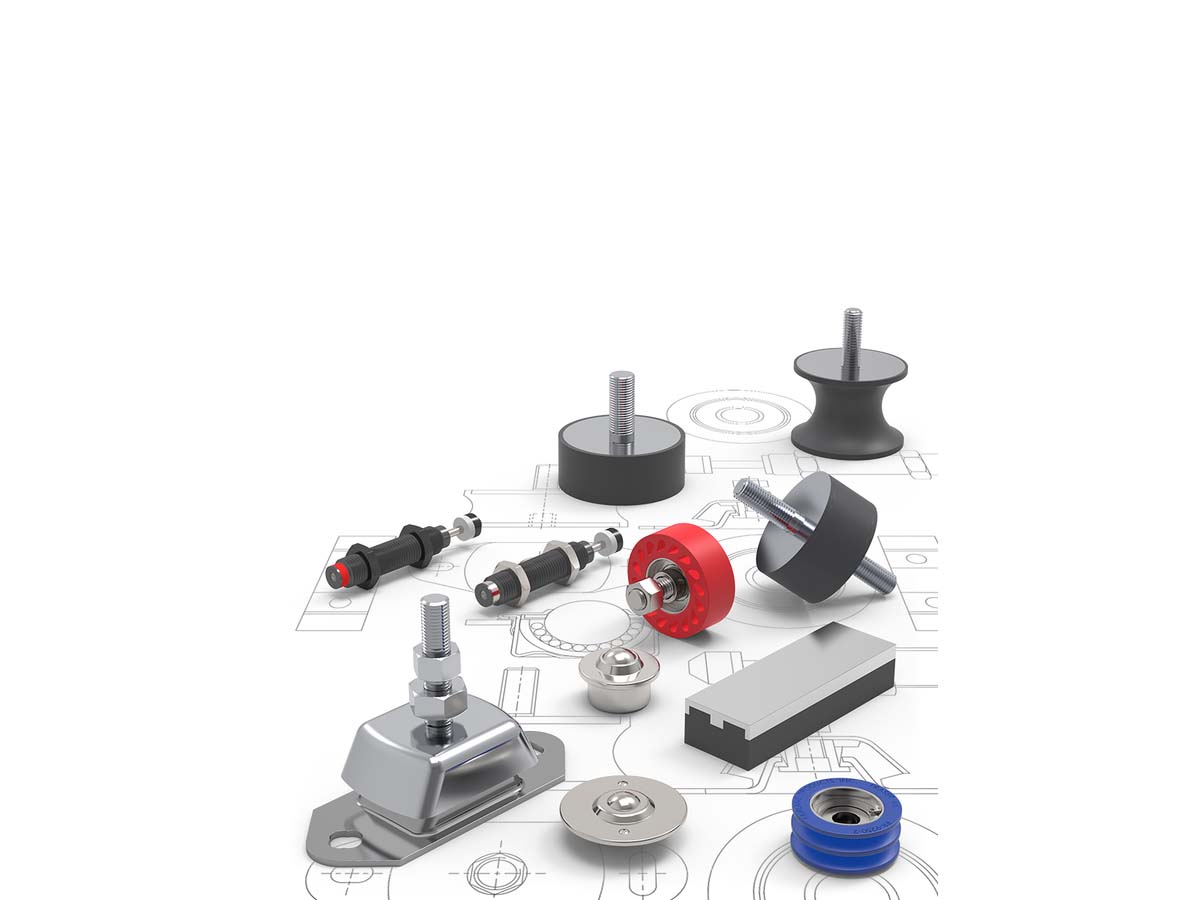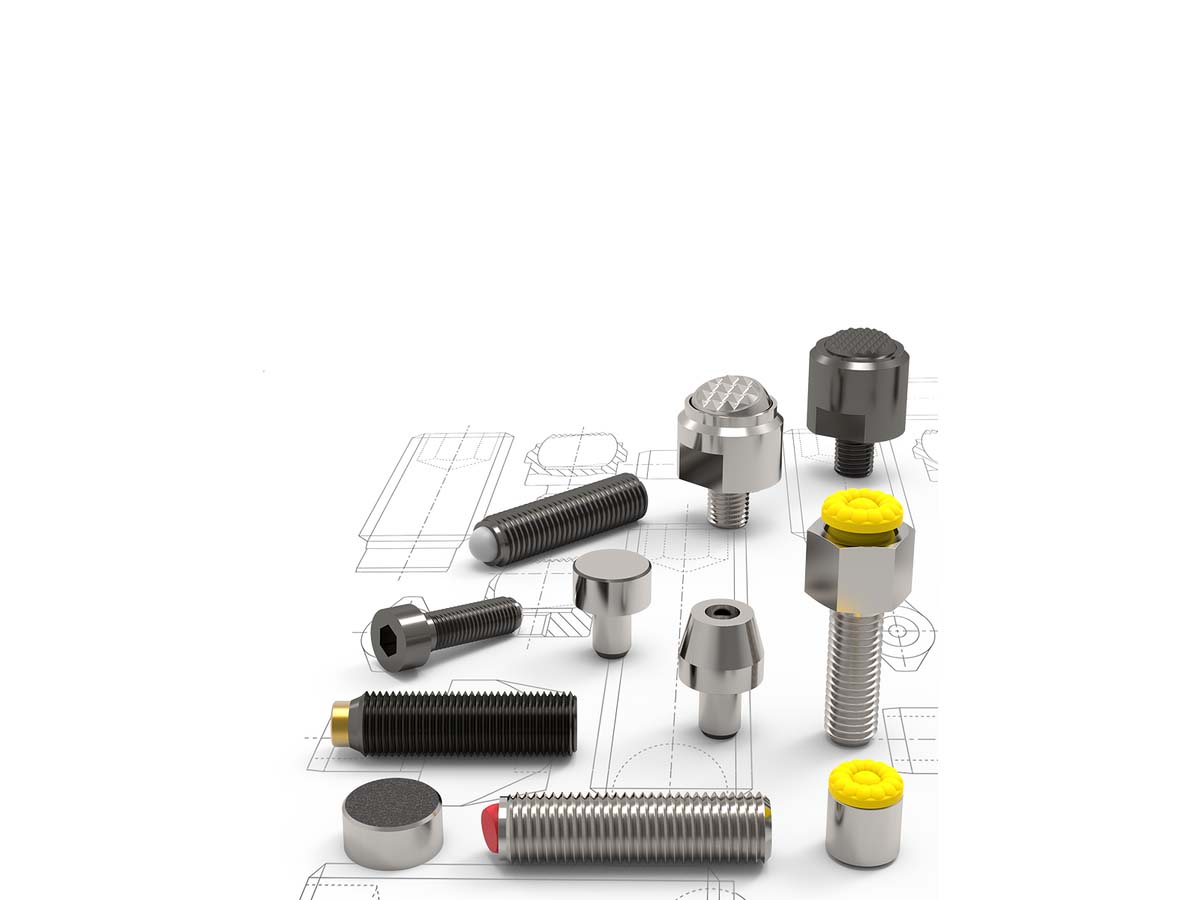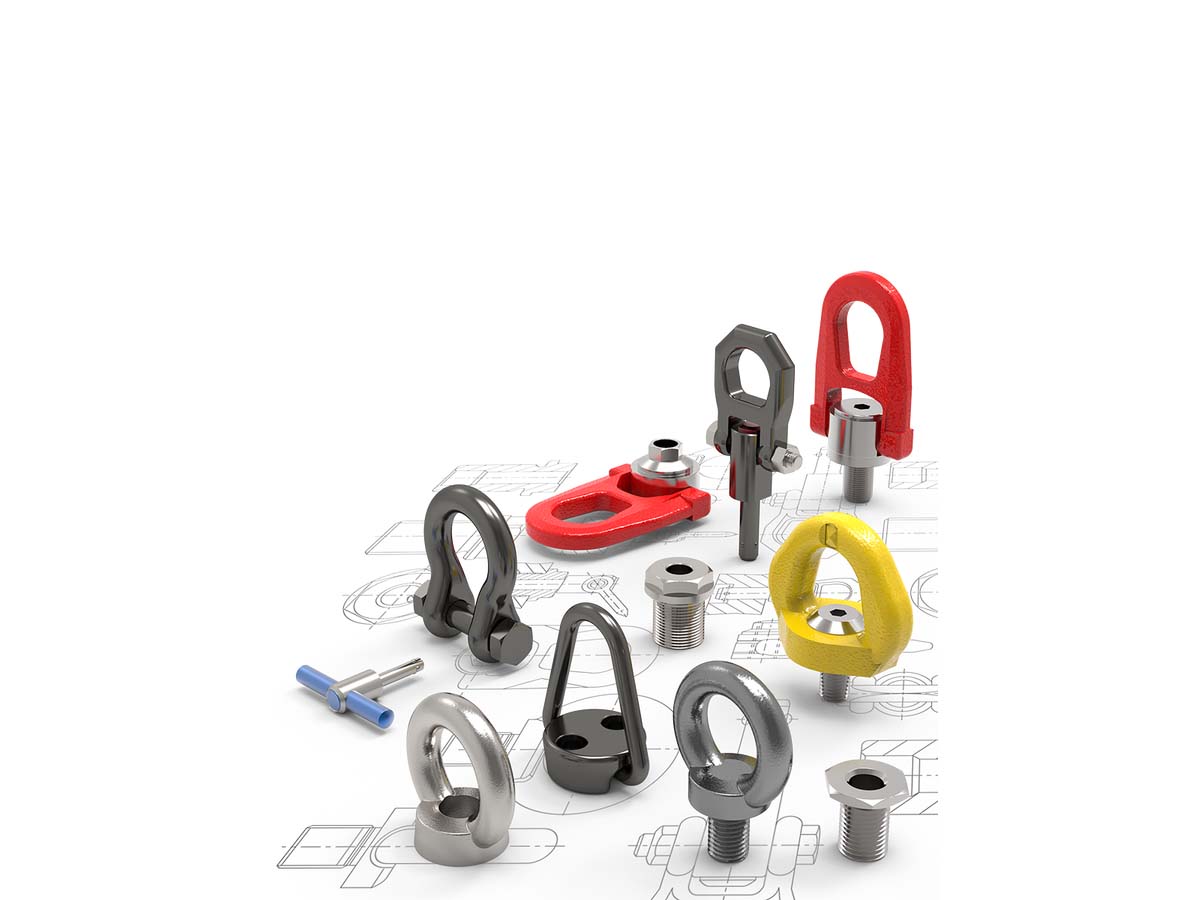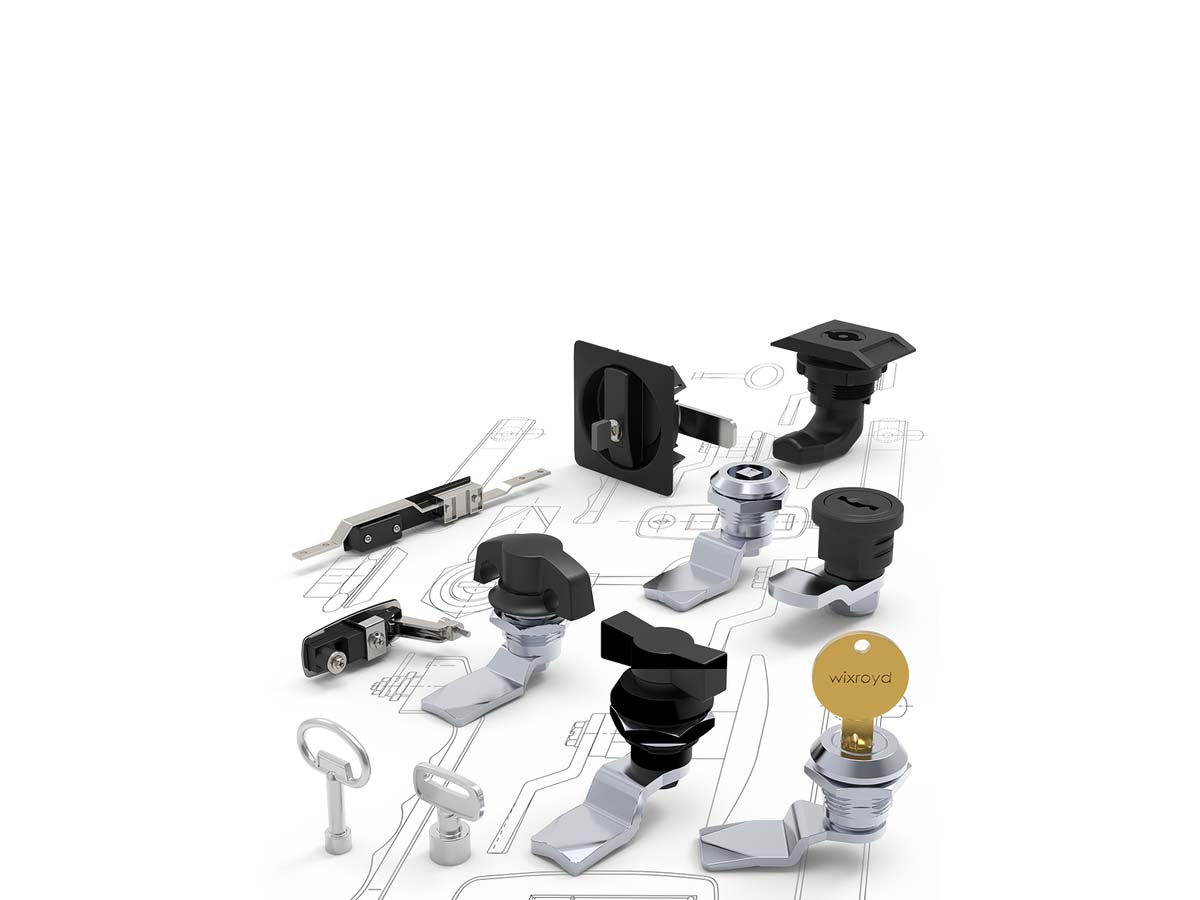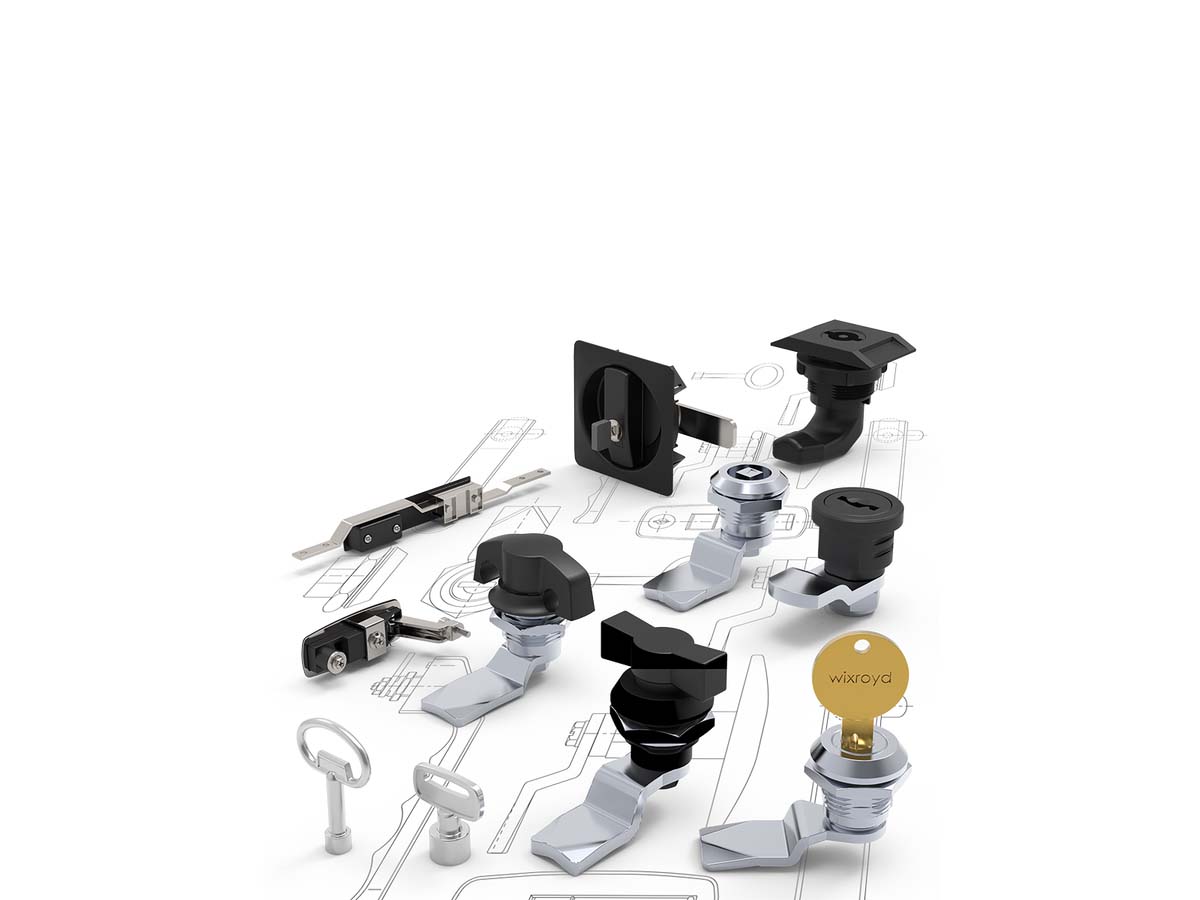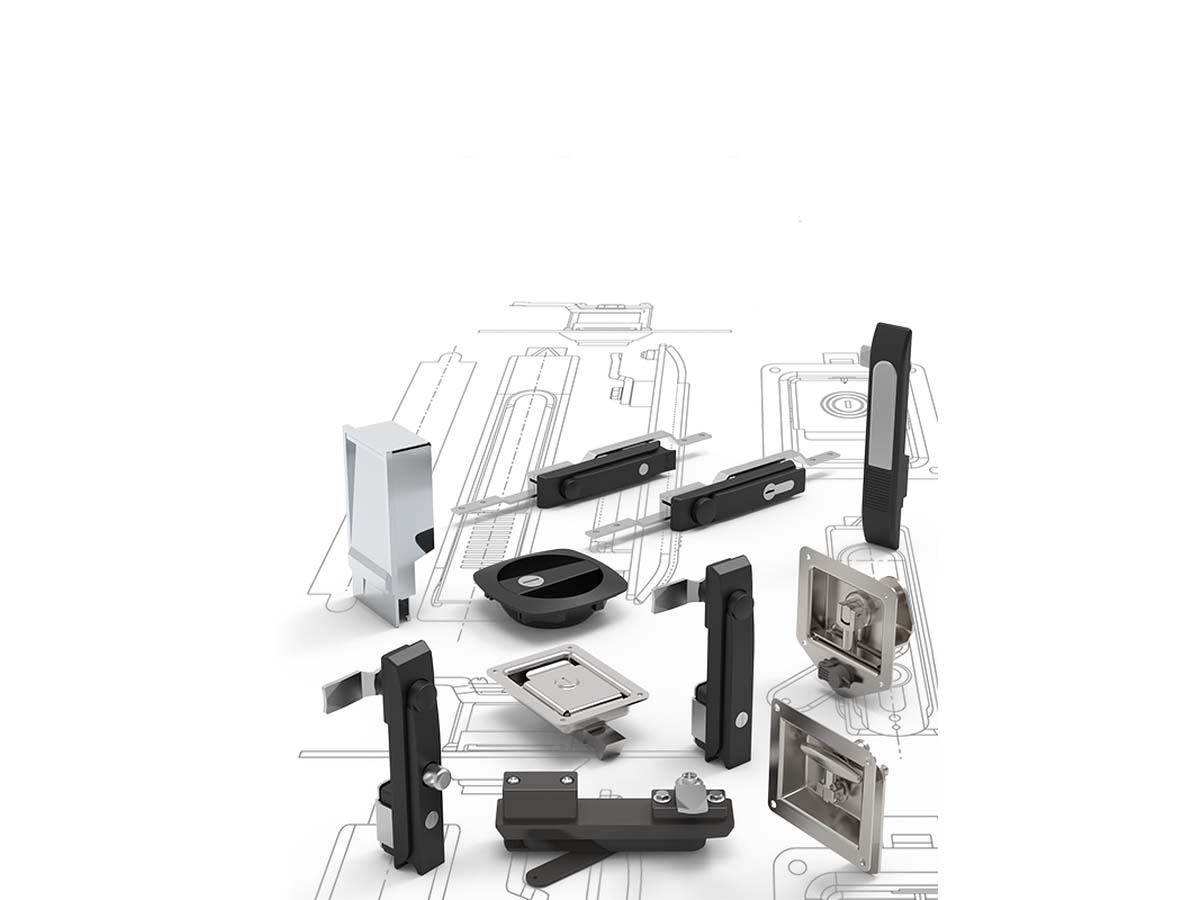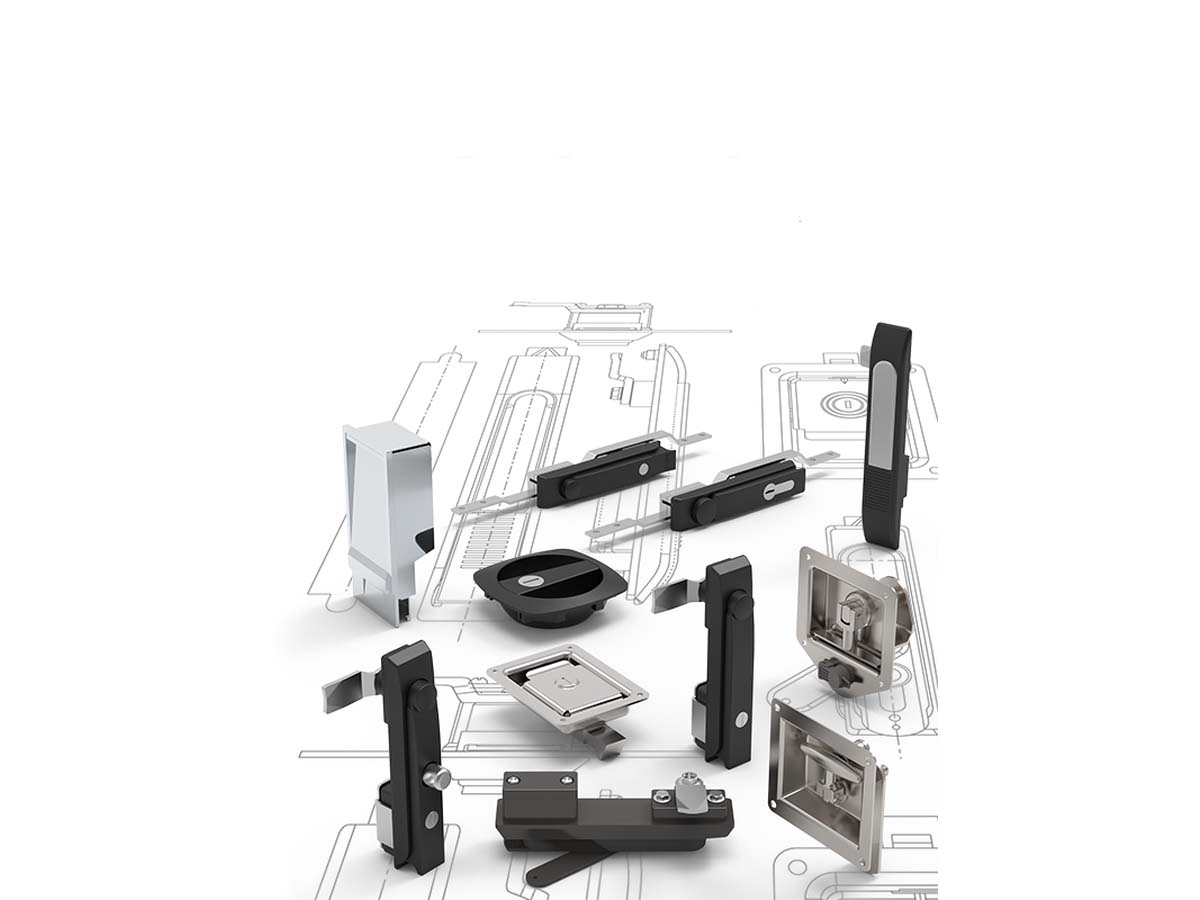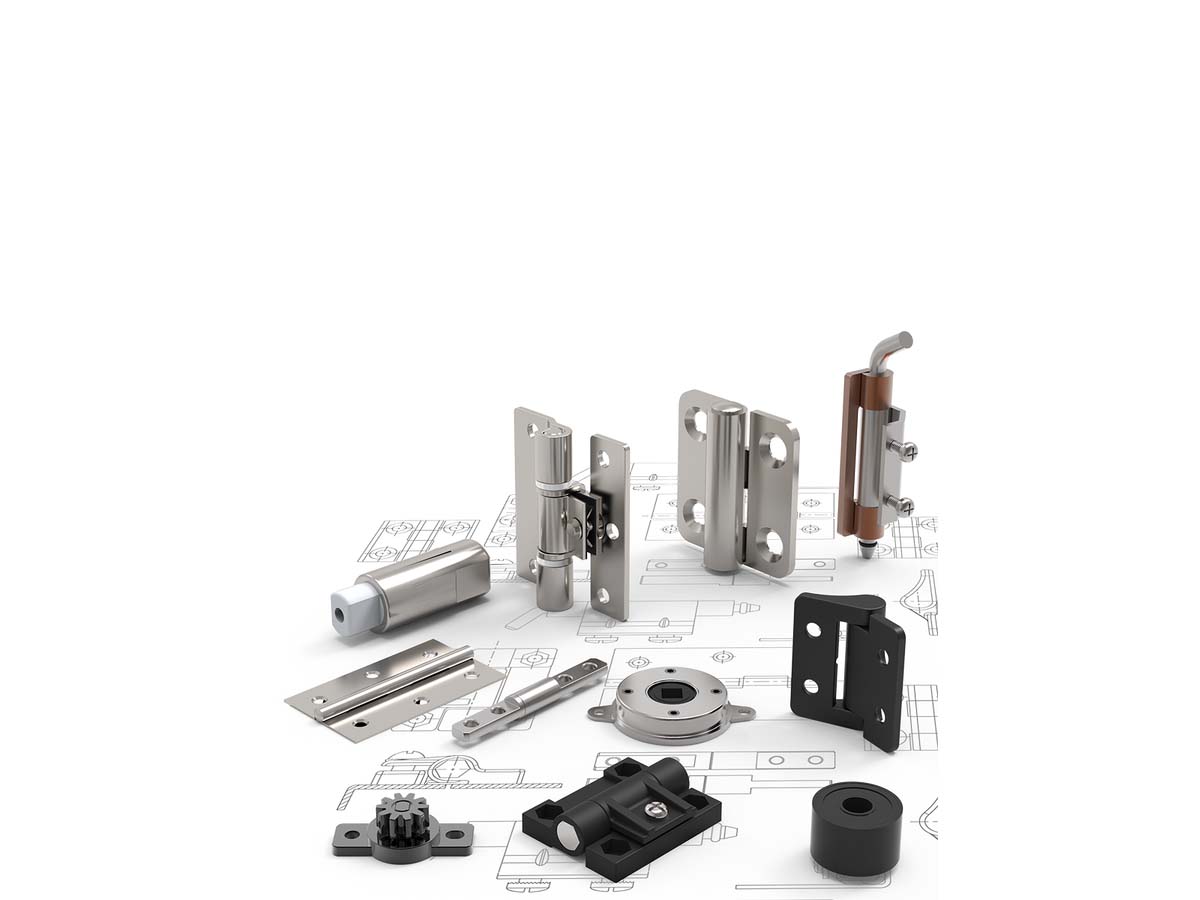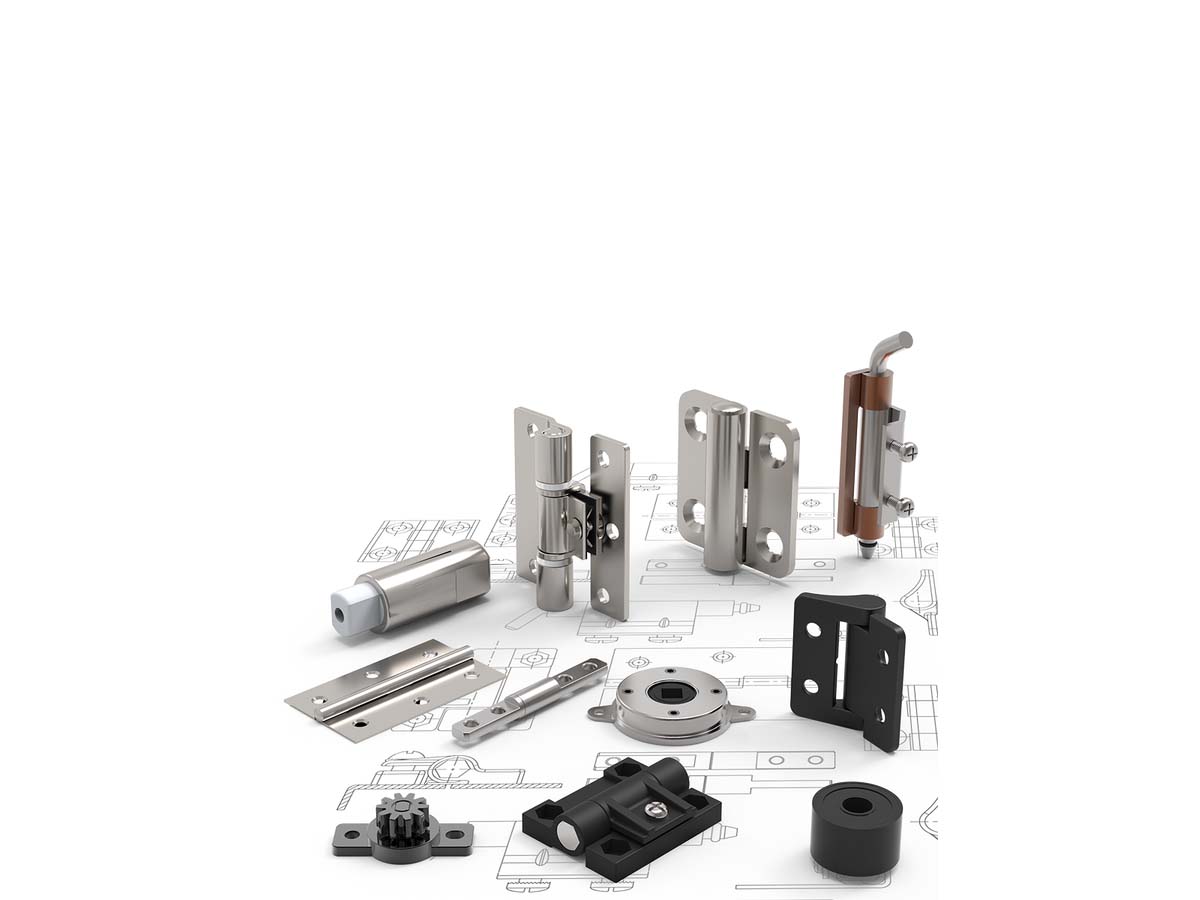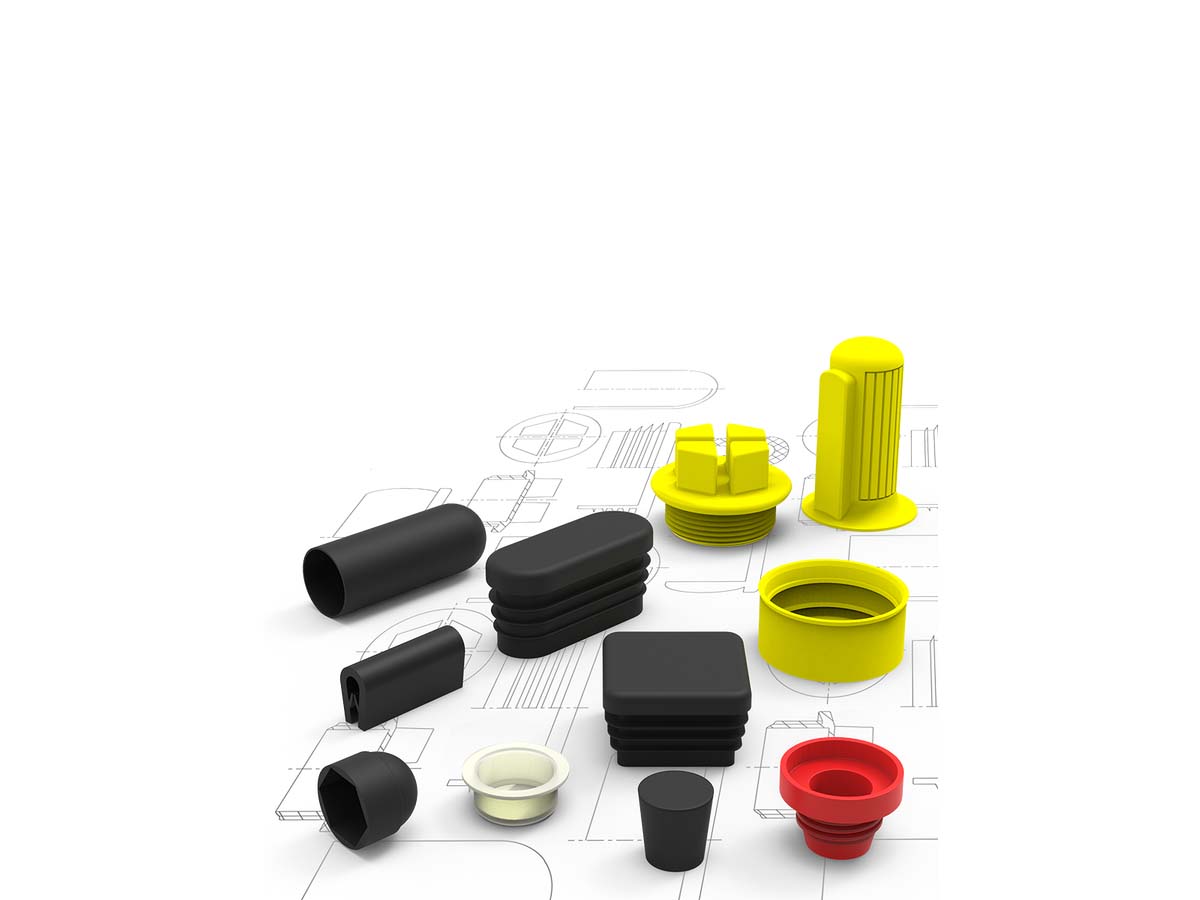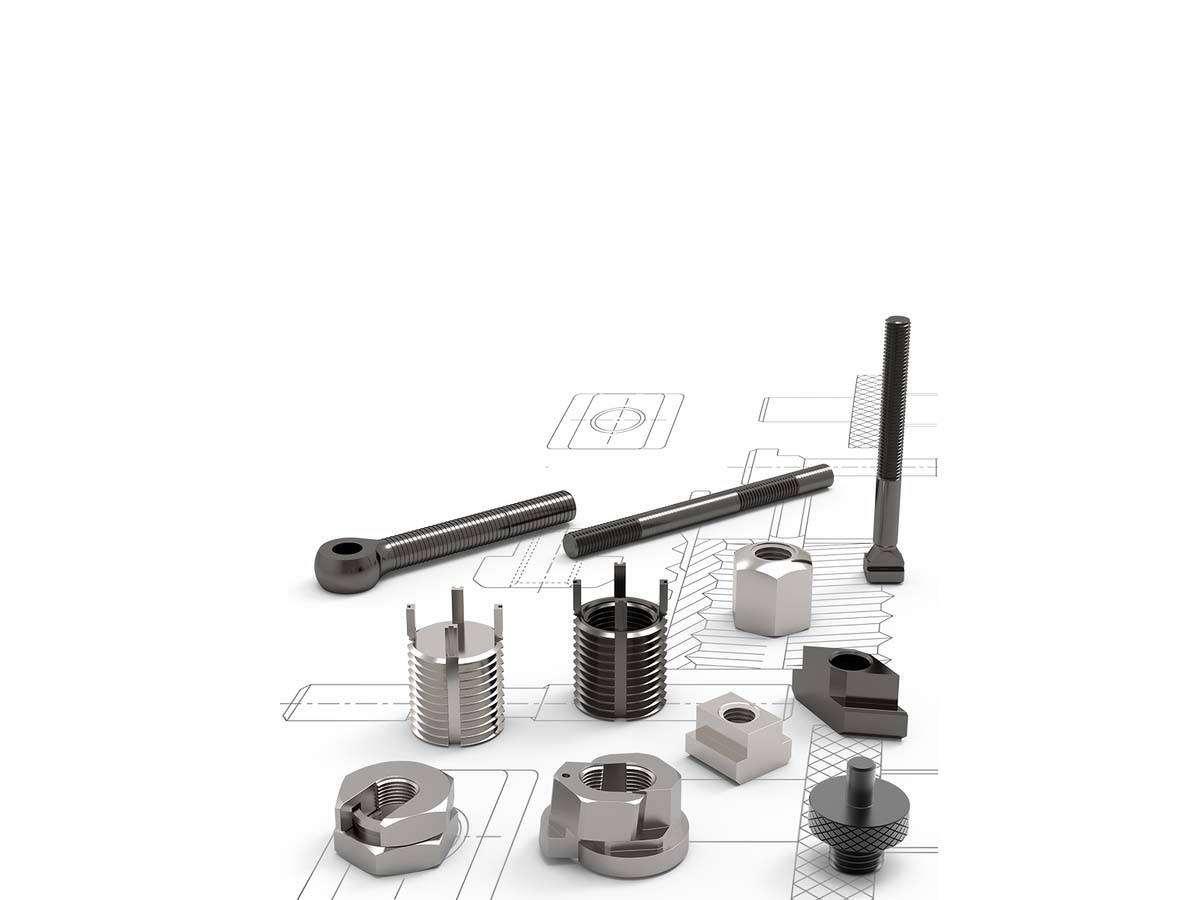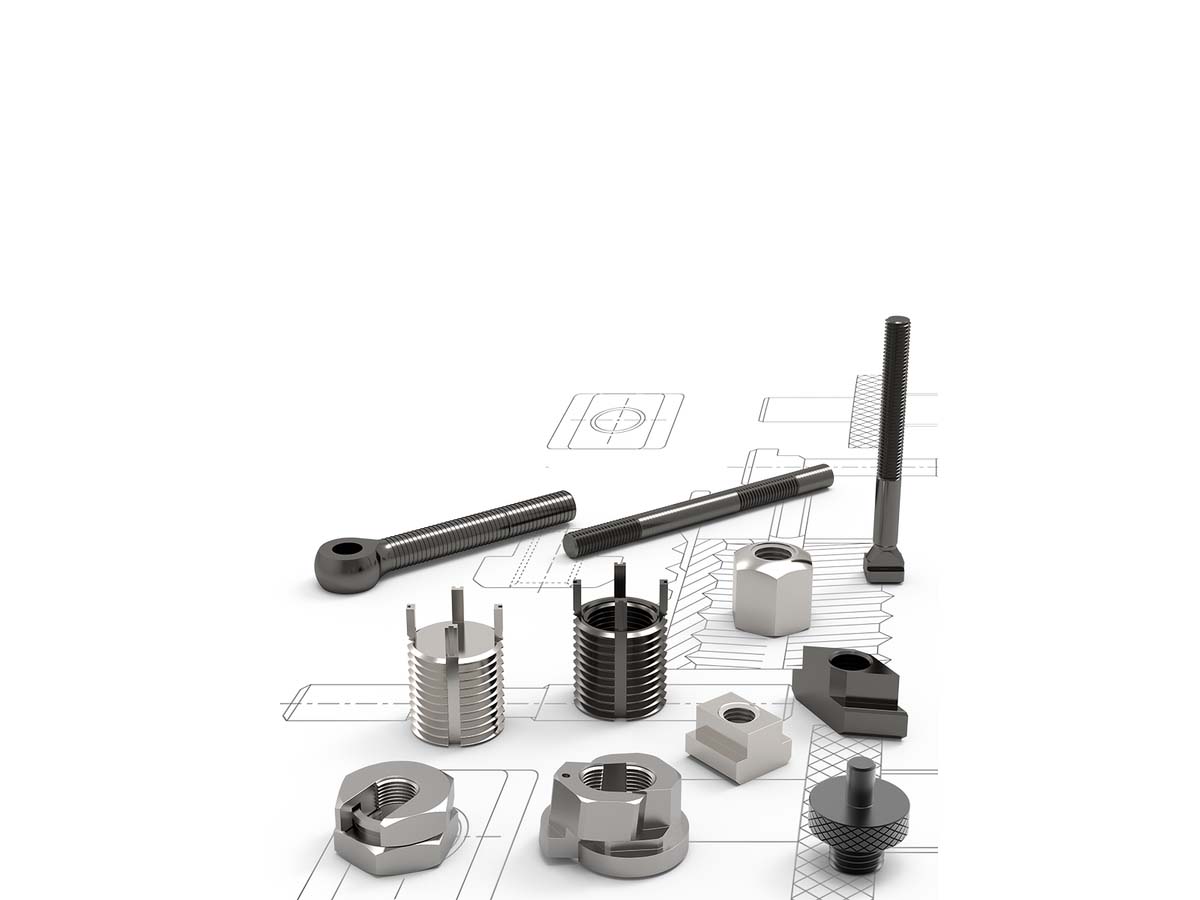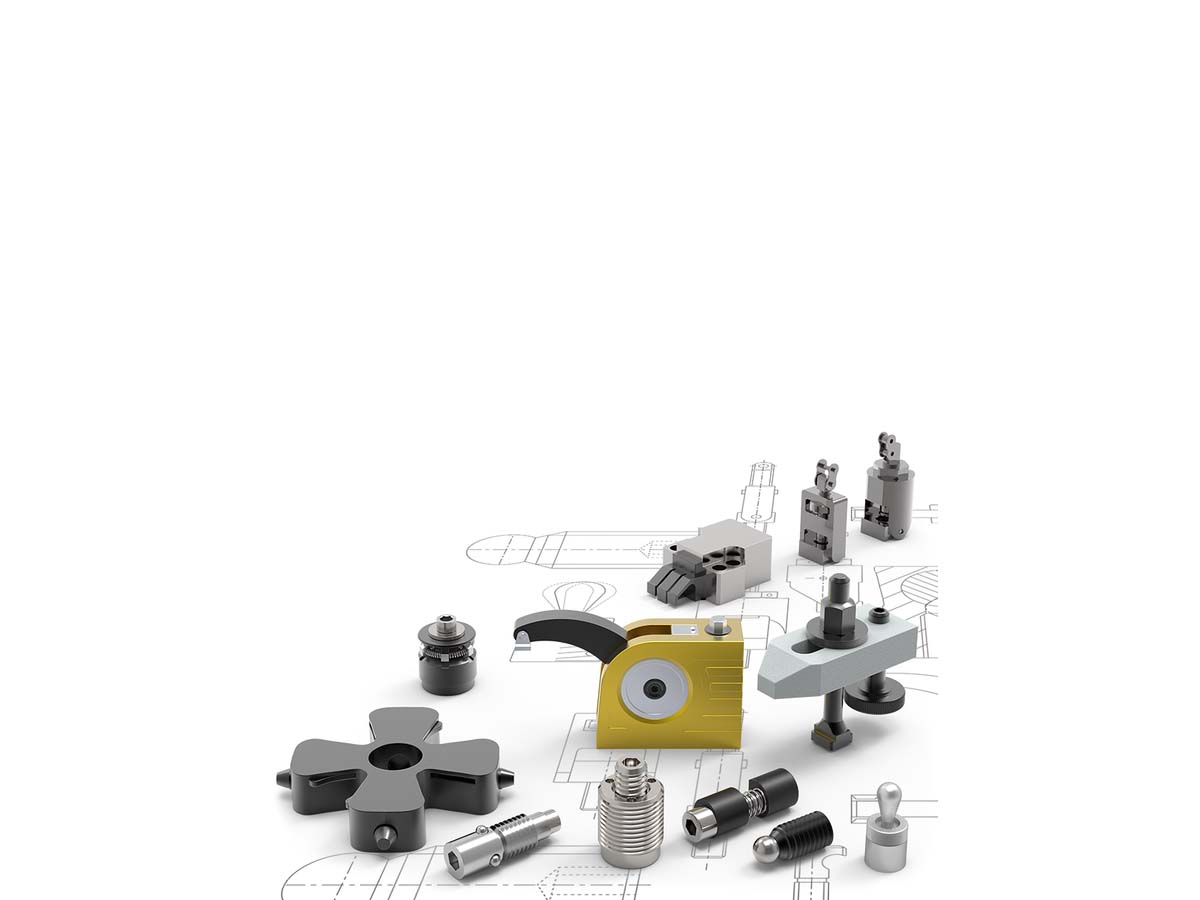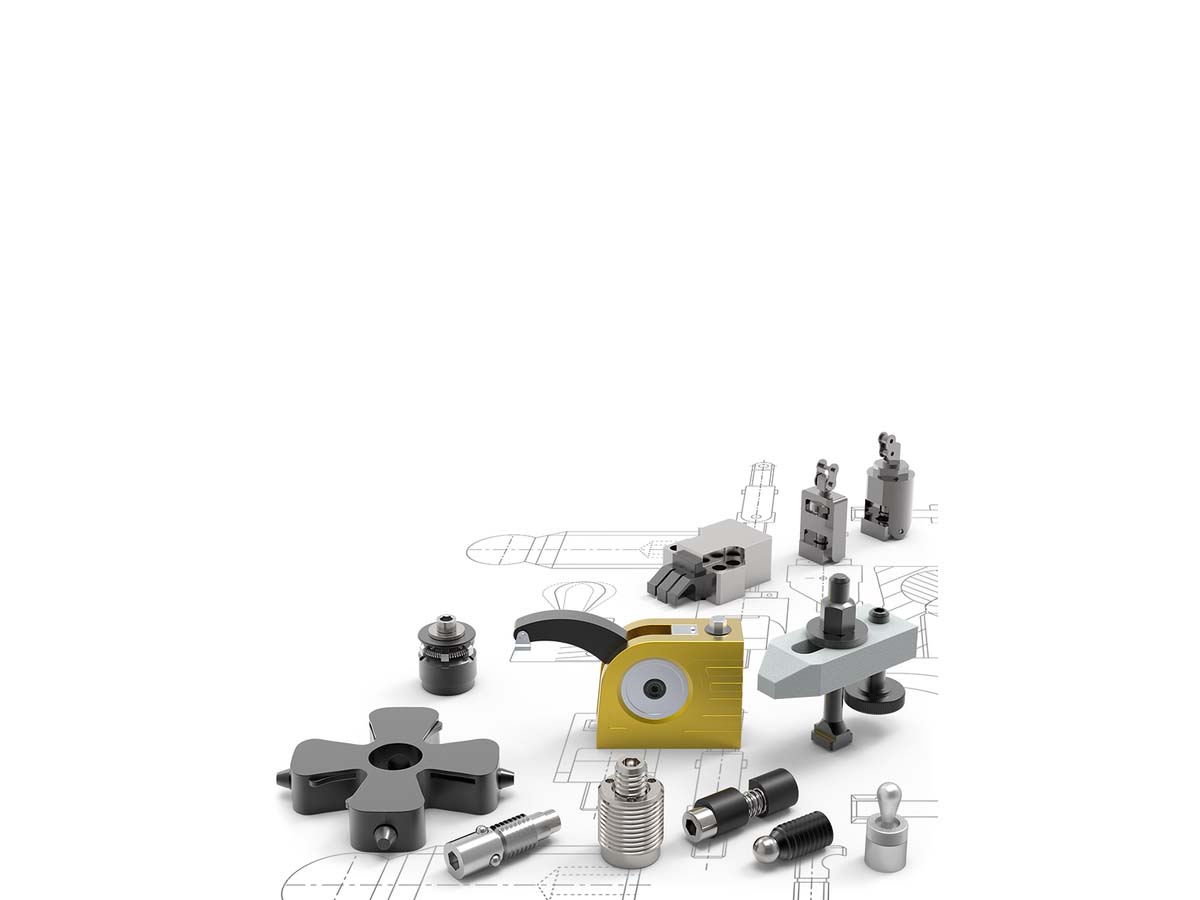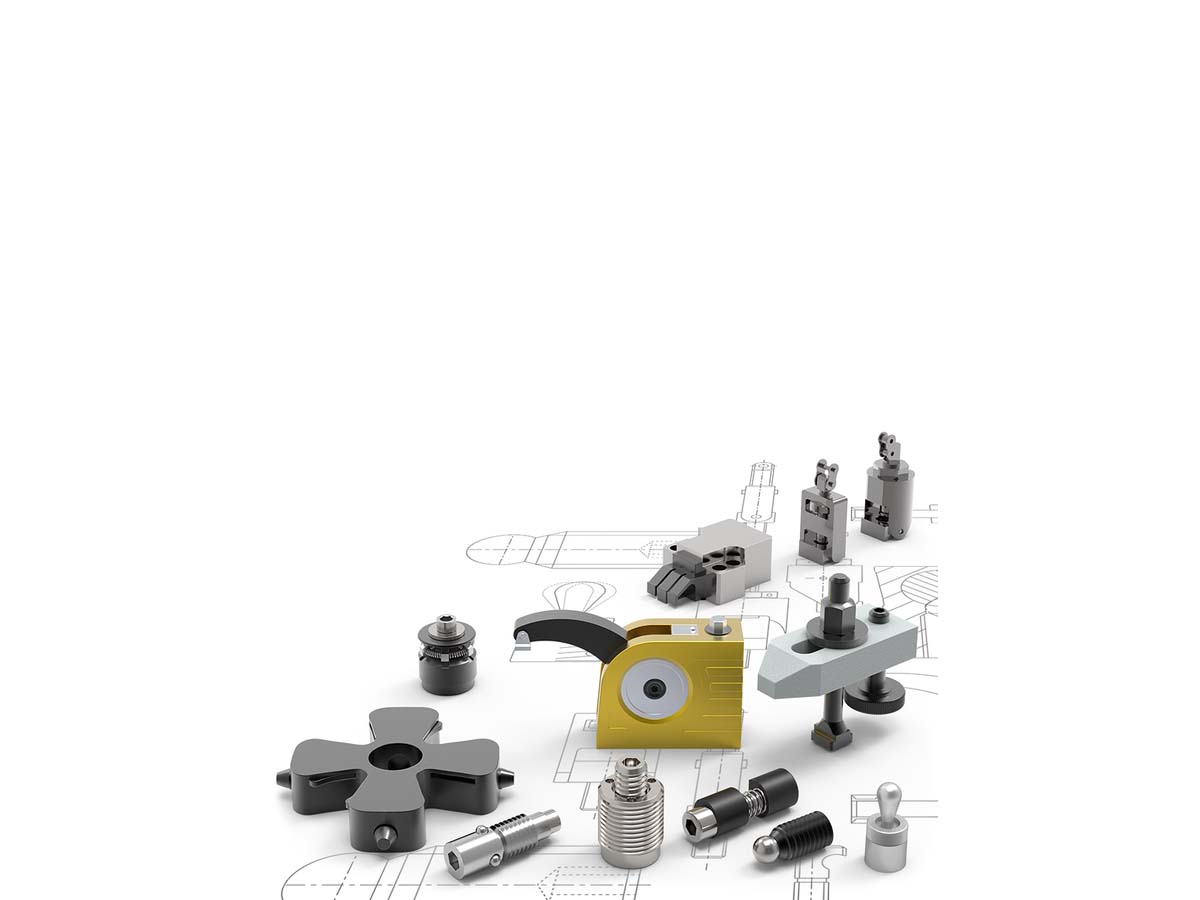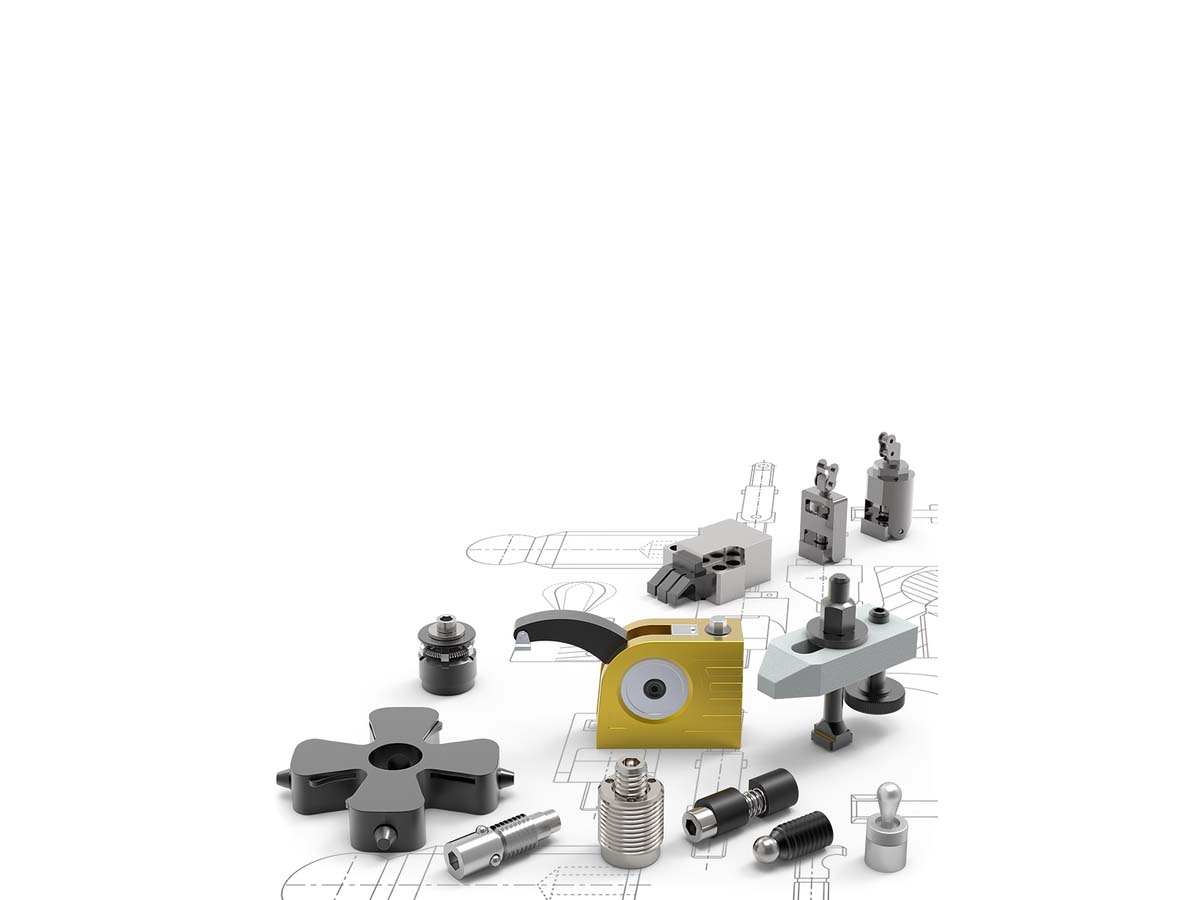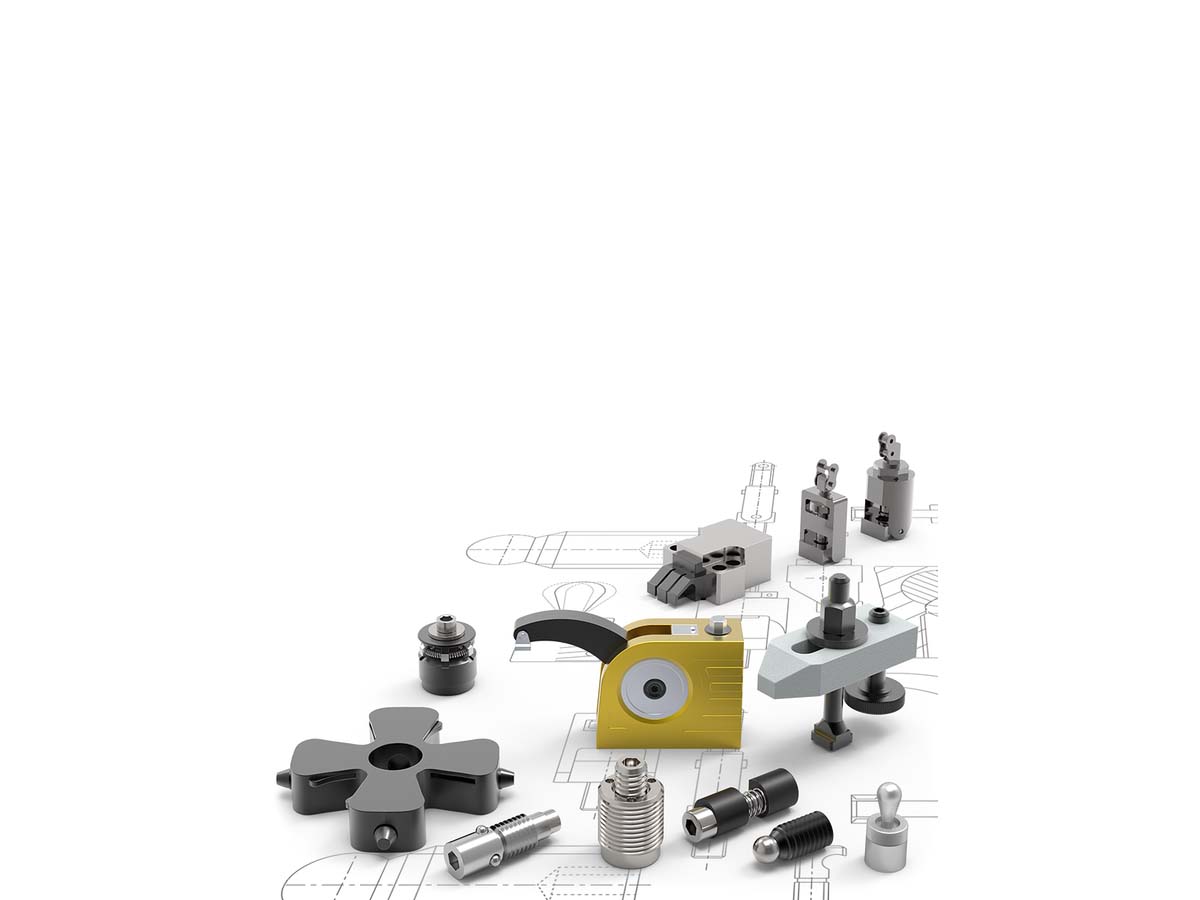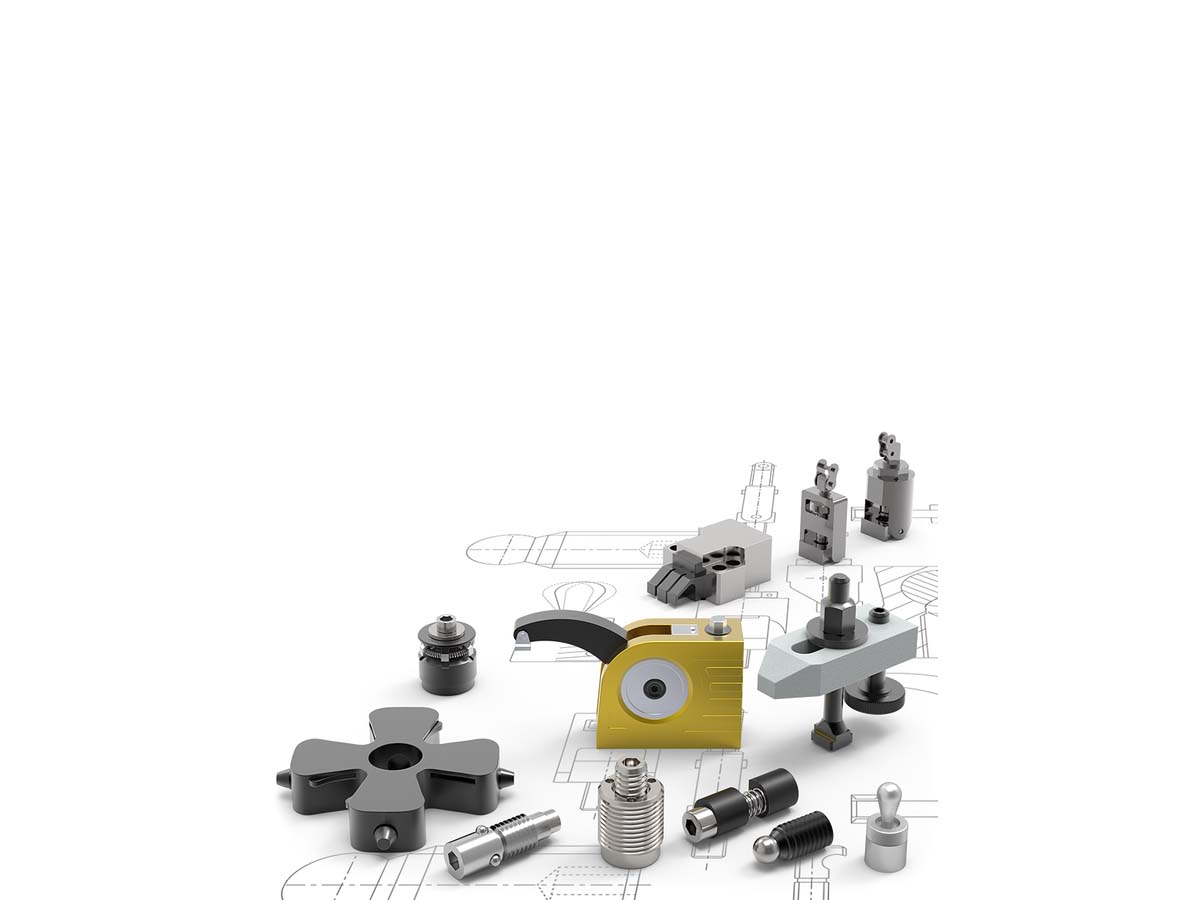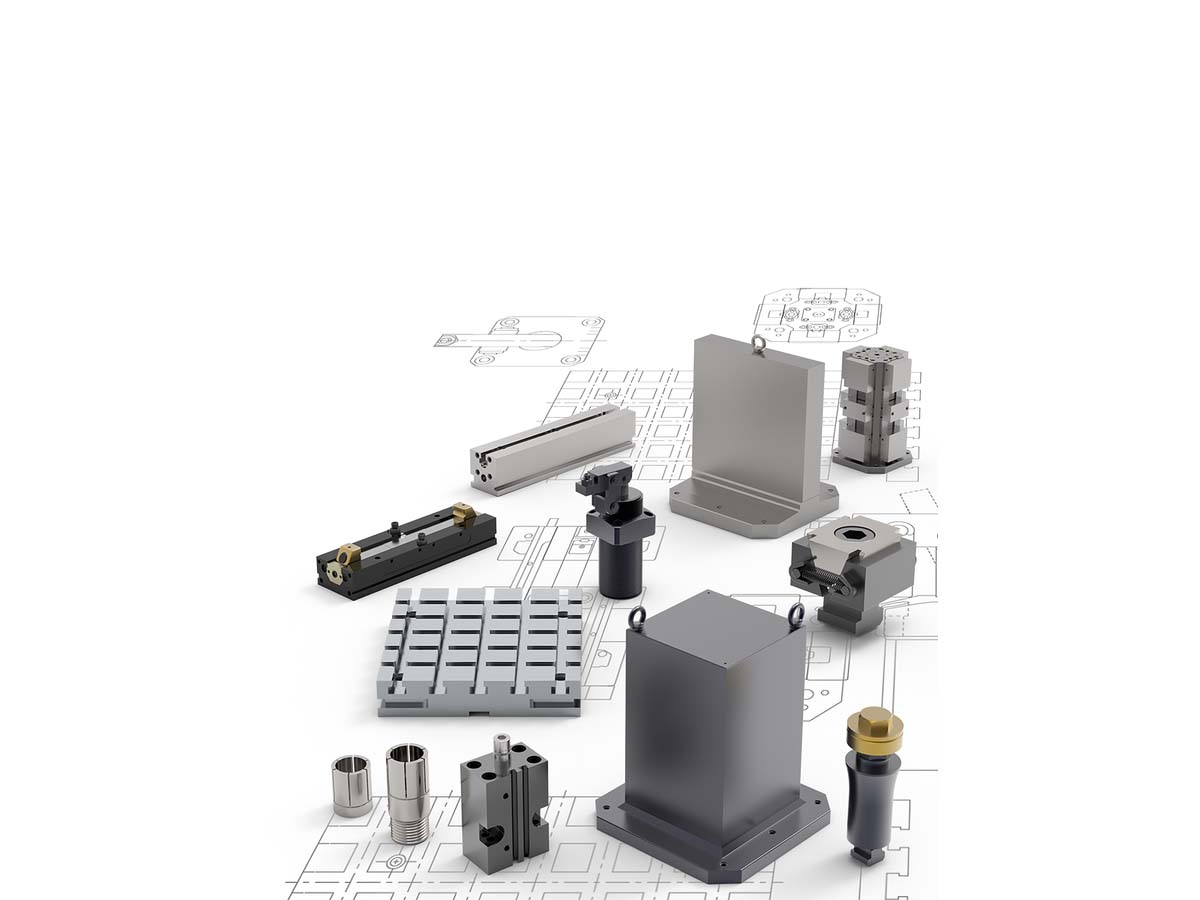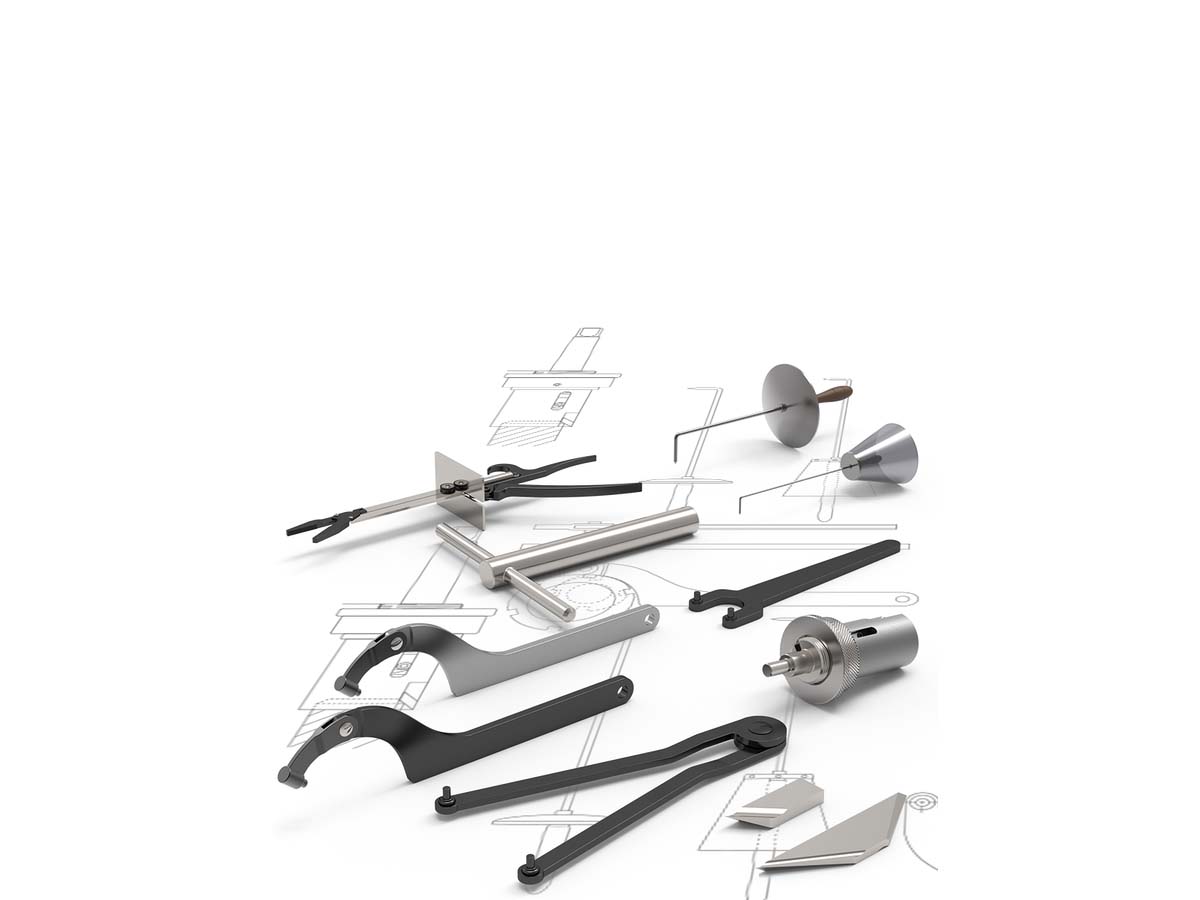Wixroyd Expansion Sealing Plugs 39001 - 39030
What is...
Hydraulic and pneumatic components and systems are often cross-drilled to provide the correct channels for aid and gas. Some of these channels have to be drilled from the outside and later need to be closed off (plugged).
The Expansions Sealing Plugs are inserted into a drilled hole and the expander ball is driven into the plug sleeve. The independent grooved sealing rings on the plug ball are driven into the housing material to permanently plug and seal the hole. The ball is retained in place.
No need for tapping or reaming, no machining of O-ring grooves or the use of tapes or sealants. To seal a hole, follow this procedure:
Installation

Hole Preparation
Refer to the data sheet for the correct hole size to drill for the counterbored and drilled hole size and tolerance. Hole concentricity must be held within 0,05mm.
Bore roughness must be between Rz (RMS) 10-30µ (especially for hard materials).
Avoid spiral or longitudinal grooves as these may affect plug performace. Ensure the holes are clean and dirt free.
Installation
Insert the plug into the counterbored hole with the ball facing outwards, seared against the counterbore shoulder.
Press the ball into the sleeve so that the top of the ball is slightly below the top of the sleeve (note approximate values for x and s in table below):
Use the correct installation tool for each plug size. The plugs can be installed using a hammer and the installation tool. An air hammer with the correct air installation tool can also be used.

| d1 | 3 | 4 | 5 | 6 | 7 | 8 | 9 | 10 | 12 | 14 | 16 | 18 | 20 | 22 |
| Stoke - S | 1,2 | 1,5 | 2,0 | 2,5 | 3,0 | 3,5 | 4,0 | 4,5 | 5,5 | 6,35 | 7,0 | 8,0 | 9,0 | 10,0 |
| Top of ball relative to top of sleeve - x±0.2 | 0,4 | 0,2 | 0,4 | 0,4 | 0,4 | 0,3 | 0,4 | 0,4 | 0,4 | 0,4 | 0,6 | 0,6 | 0,8 | 0,8 |
Minimum wall thickness and distance from an edge
The radial expansion of the plug causes the housing material around the plug to deform plastically, therefore a proper minimum wall thickness or distance from an edge is necessary to optimise the strength of the mechanical connection. The operating hydraulic pressure, thermal cycling, plug type and characteristics of the base metal also need to be considered. Please consult our technical department.


The guidelines for minimum wall thickness or distance from the edge (Wmin) are shown below. These minimum values produce only a very slight deformation on the exterior profile (less than 20 microns).
| Sealing Plug Type | Steel (SAE 1144) | Steel (SAE 10L15) | Cast Iron (ASTM A48) | Ductile Iron (ASTM A356) | Aluminium (2024-T4) | Aluminium (6061-T6) | Cast Aluminium (356-T6) |
| Sealing Plug Type | Steel (SAE 1144) | Steel (SAE 10L15) | Cast Iron (ASTM A48) | Ductile Iron (ASTM A356) | Aluminium (2024-T4) | Aluminium (6061-T6) | Cast Aluminium (356-T6) |
| Steel Body | 0,5 | 0,6 | 1,0 | 0,6 | 0,6 | 1,0 | 1,0 |
| Stainless body | 0,6 | 0,8 | 1,0 | 0,8 | 0,8 | 1,0 | 1,0 |
| Pull plugs | 0,5 | 0,6 | 1,0 | 0,6 | 0,6 | 1,0 | 1,0 |
Applications
Some of the typical applications for our Sealing Screws include:
- Pneumatics
- Hydraulics
- Fluid Power
- Automation
- Industrial
- Aerospace
- Valves
- Regulators
- Cylinders

"Standard" Expansion Sealing Plugs push the ball, which expands the sleeve and seals the channel.

"Pull" Expansion Sealing plugs. Pulling on the mandrel expands the sleeve, sealing the channel. At a predetermined force, the mandrel breaks off.
Technical Specs
Installation Forces Guidelines
The values offered are to be used as a guideline. The base metal chosen for your specific application, the surface treatment, hole size and surface finish, all affect the seal performance. Please contact our Technical Department for more information.

Material
Steel (SAE 1144)
Steel (SAW 10L15)
Cast Iron (ASTM A48)
Ductile Iron (ASTM A356)
Aluminium (2024-T4)
Aluminium (6061-T6)
Cast Aluminium (356-T6)
Steel (Case-hardened) Plug Body
| Ø 3-10 | Ø 12-32 |
| 350 bar working pressure | 380 bar working pressure |
| 1,100 bar proof pressure | 900 bar proof pressure |
| 310 bar working pressure | 240 bar working pressure |
| 1,000 bar proof pressure | 800 bar proof pressure |
Material
Steel (SAE 1144)
Steel (SAW 10L15)
Cast Iron (ASTM A48)
Ductile Iron (ASTM A356)
Aluminium (2024-T4)
Aluminium (6061-T6)
Cast Aluminium (356-T6)
Stainless Steel (300 Series) Plug Body
| Ø 3-10 | Ø 12-32 |
| 450 bar working pressure | 450 bar working pressure |
| 1,300 bar proof pressure | 1,100 bar proof pressure |
| 380 bar working pressure | 280 bar working pressure |
| 1,000 bar proof pressure 1,200 bar proof pressure | 900 bar proof pressure |
Material
Steel (SAE 1144)
Steel (SAW 10L15)
Cast Iron (ASTM A48)
Ductile Iron (ASTM A356)
Aluminium (2024-T4)
Aluminium (6061-T6)
Cast Aluminium (356-T6)
Aluminium (2024-T4) Plug Body
| Ø 3-10 | Ø 12-32 |
| 450 bar working pressure | 350 bar working pressure |
| 1,300 bar proof pressure | 1,100 bar proof pressure |
| 380 bar working pressure | 280 bar working pressure |
| 1,200 bar proof pressure | 900 bar proof pressure |
General Guidance
Anchorage principle
There is a direct connection between the necessary drilling roughnesses required and both the hardness and the tensile characteristics of the base material. Depending on the mounting combination of Sealing Plug and base material, anchorage can either take place via the rifle profile of the expansion sleeve (automatic anchorage) or via the surface of the drilling hole.


Attention
Depending on the type of Expansion Sealing Plug and the hardness of the base material, a bore roughness of Rz= 10 - 30µm has to be adhered to. Requirements to achieve maximum operation reliability:
- Drilling tolerance d1 = +0,1 mm.
- Consideration of counterbore hole relations.
- Longitudinal rifles and spiral grooves that may have a negative influence on the sealing effectiveness have to be avoided.
- Drilling holes have to be free from oil and grease.
In cases, where an automatic anchorage is not possible when building in the Expander Sealing Plug into a hard base material a drilling roughness of:
- Rz = 10-30µm is necessary to achieve the required pressure values.
- When having roughness: Rz = 30µm, leakages may occur.
Anchorage by rifle profile
Automatic Anchorage
Example: Expansion Sealing Plug made from case hardened steel HB = 180, in aluminium alloy HB = 90.


Anchorage by bore roughness

Required roughness design - An ideal bore roughness for the anchor can be achieved by using a twist drill or countersink.

Undesirable roughness design - Friction will cause a smooth roughness profile that is not desired.
Email Newsletter
Be the first to receive the latest news and exclusive offers via our newsletter.
Alexia House, Glenmore Business Park
PO19 7BJ Chichester
United Kingdom
0333 207 4497
sales@wixroyd.com
Route via Google Maps
Company registration no: 00496138
Company VAT number GB 408154022
